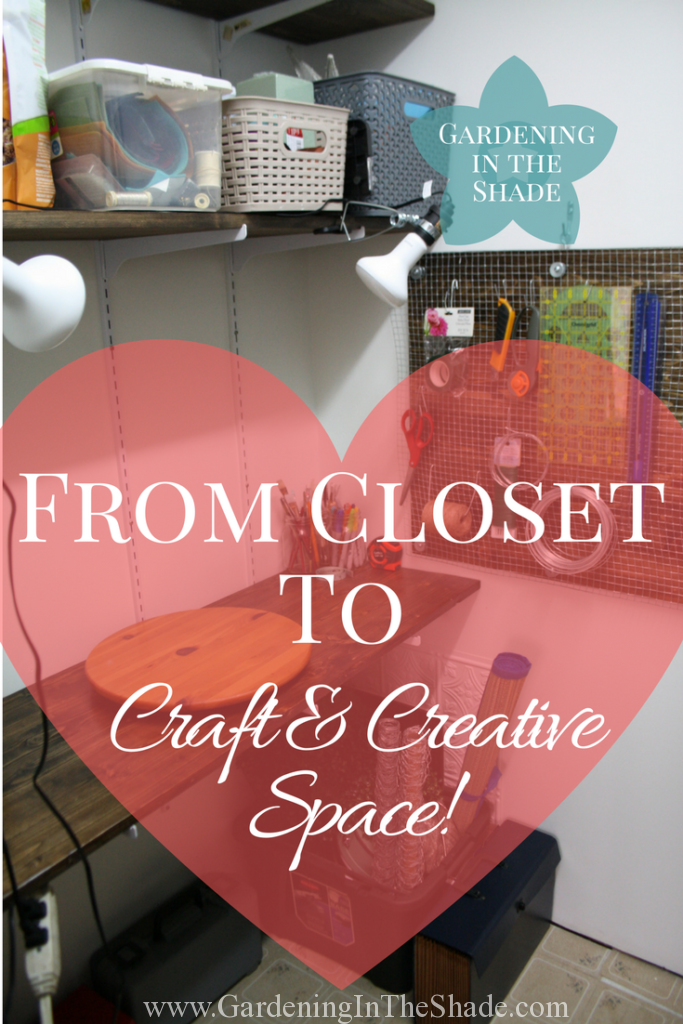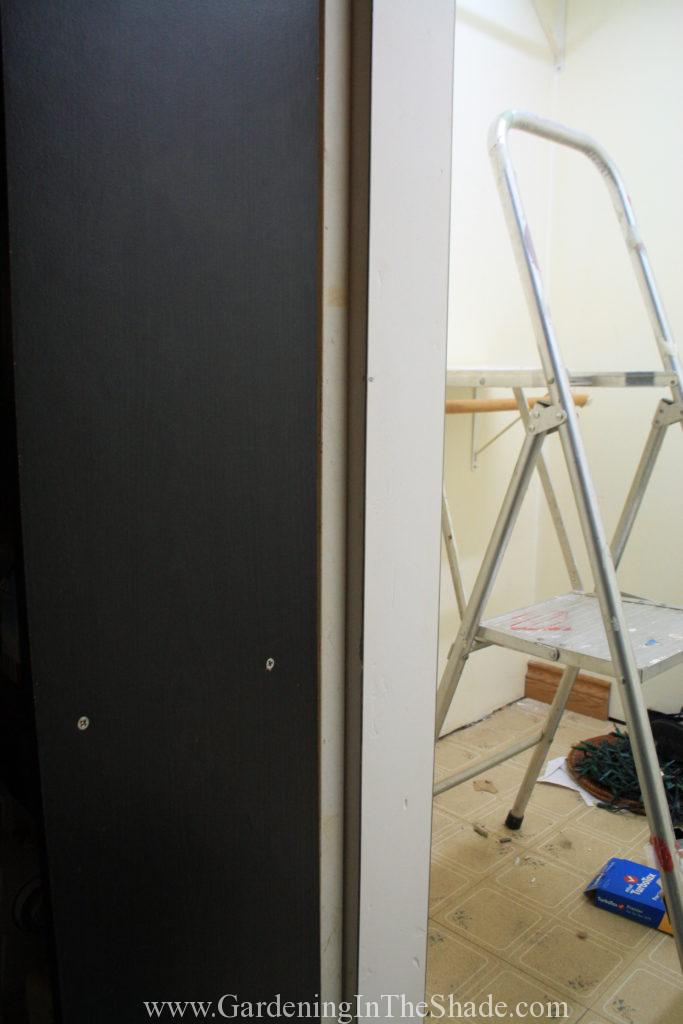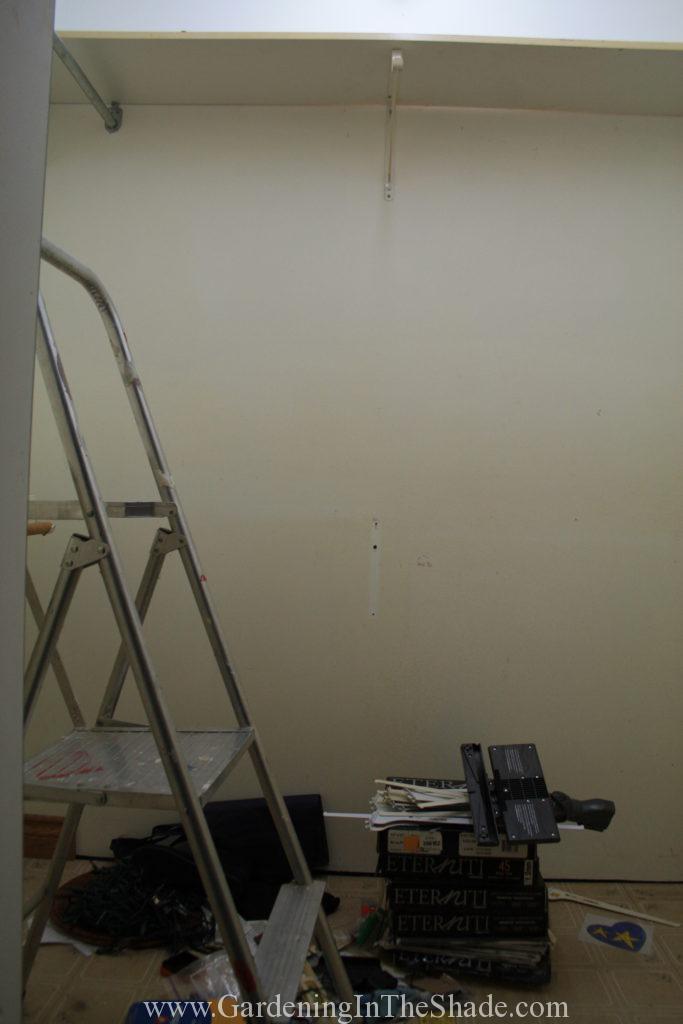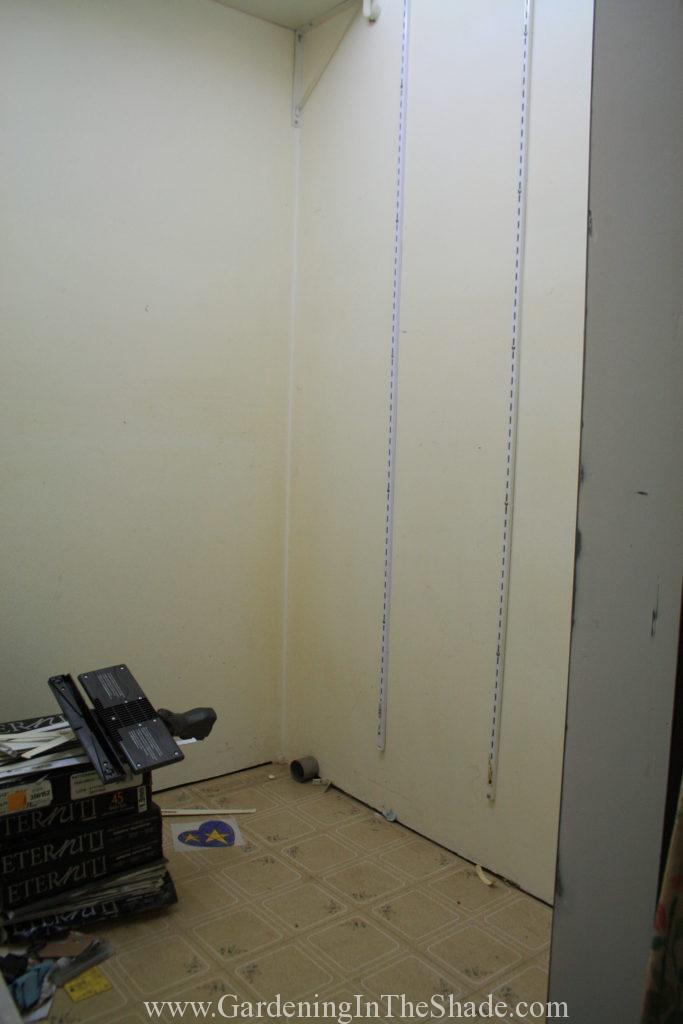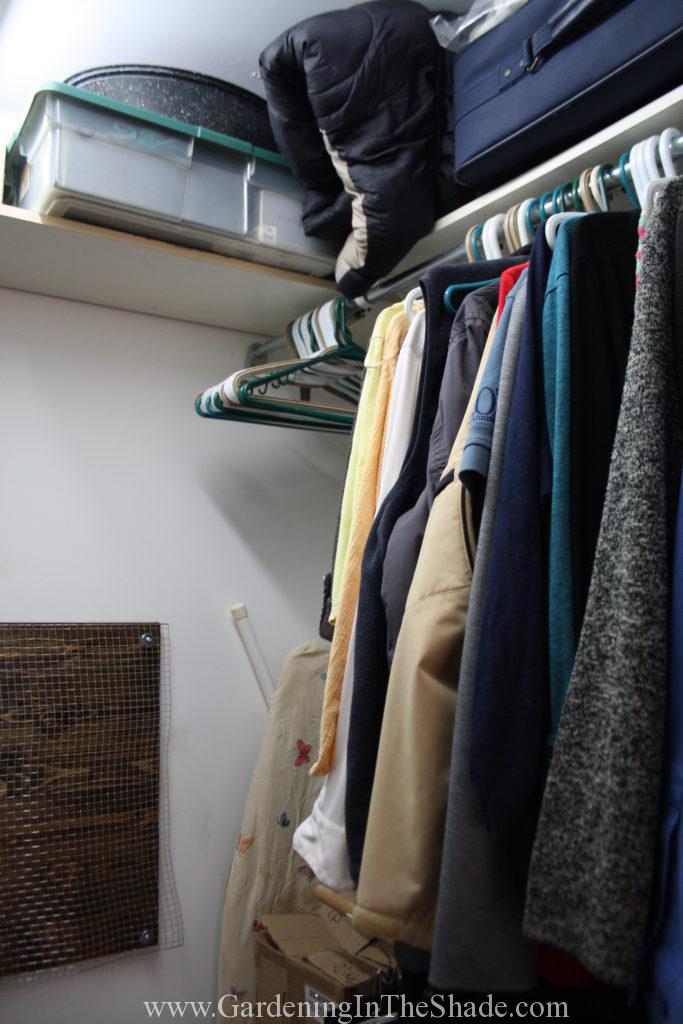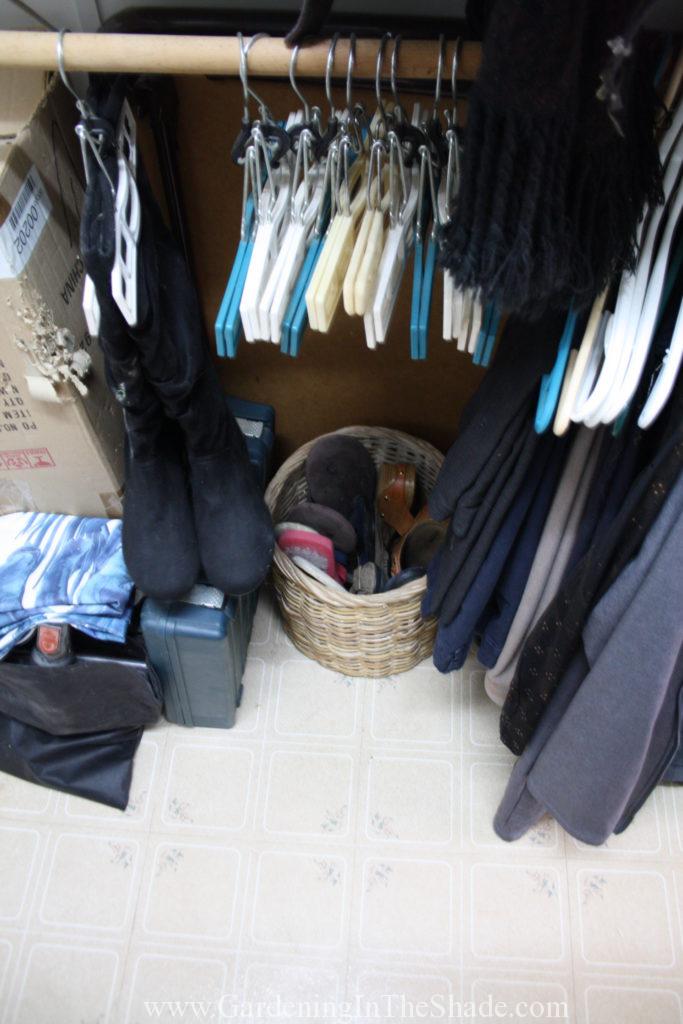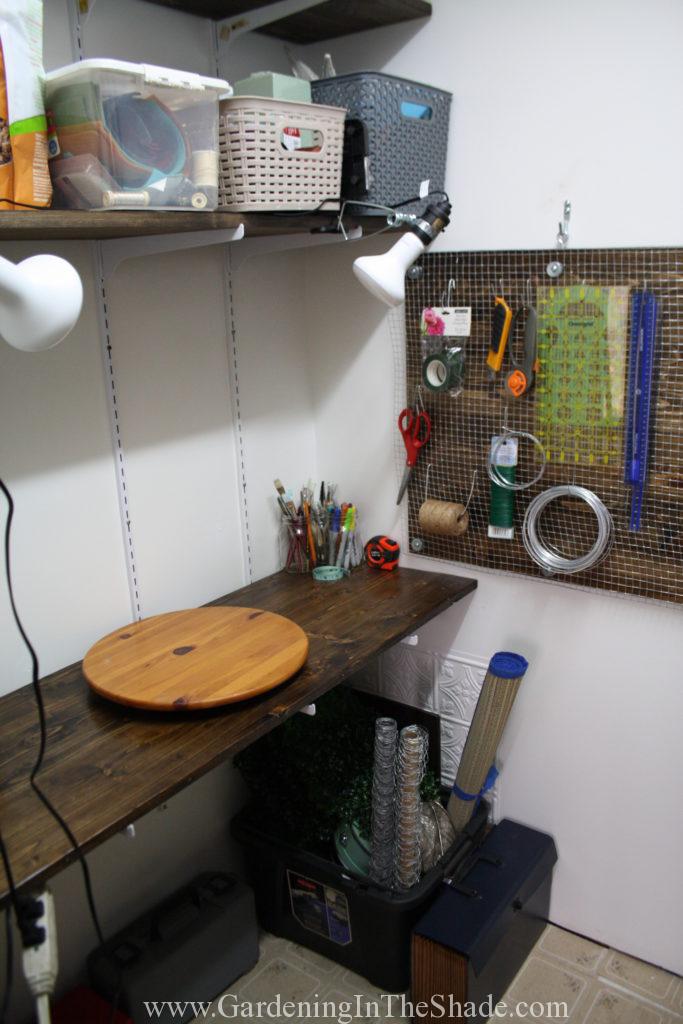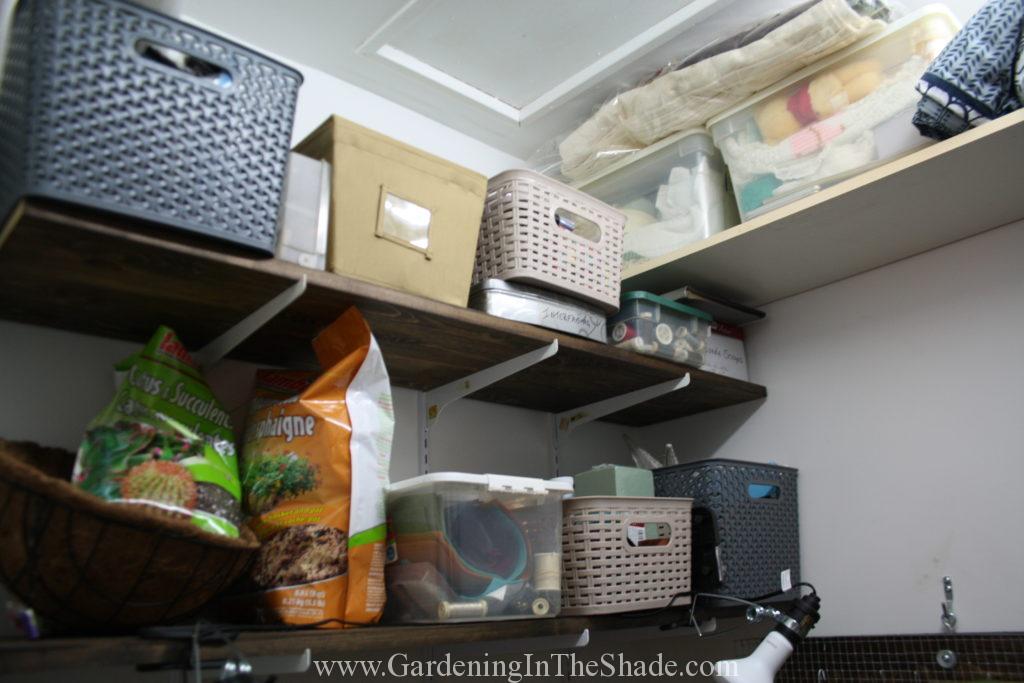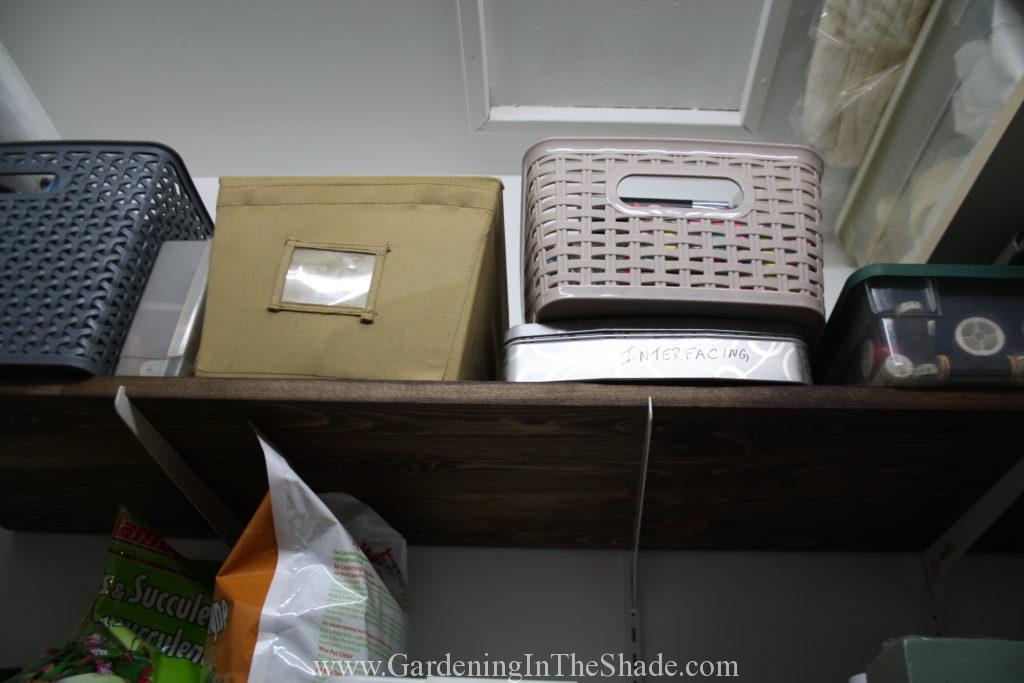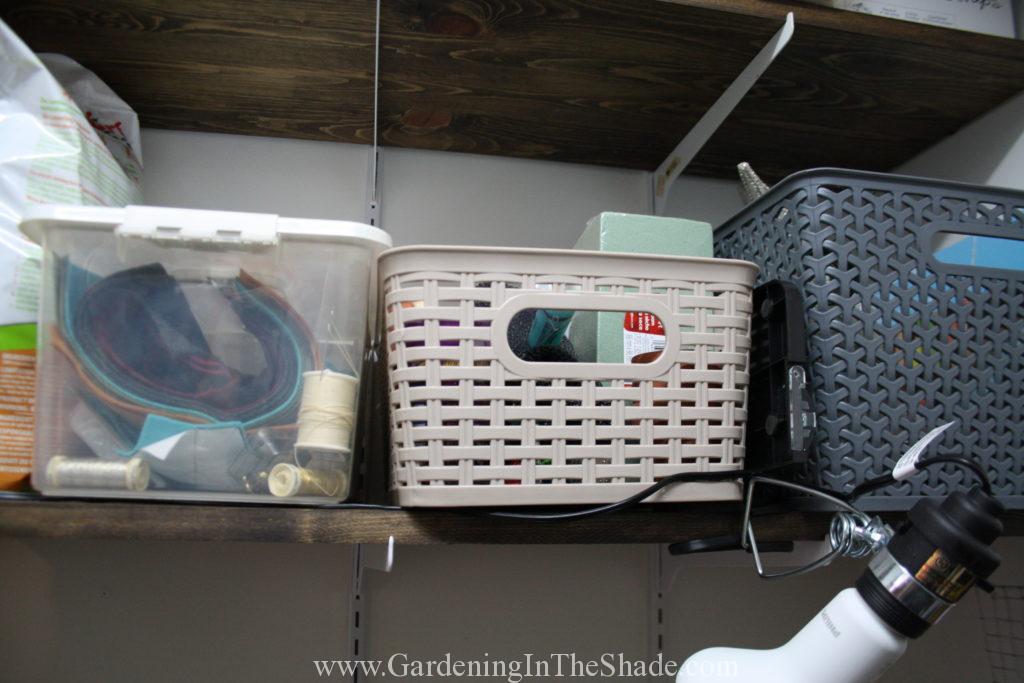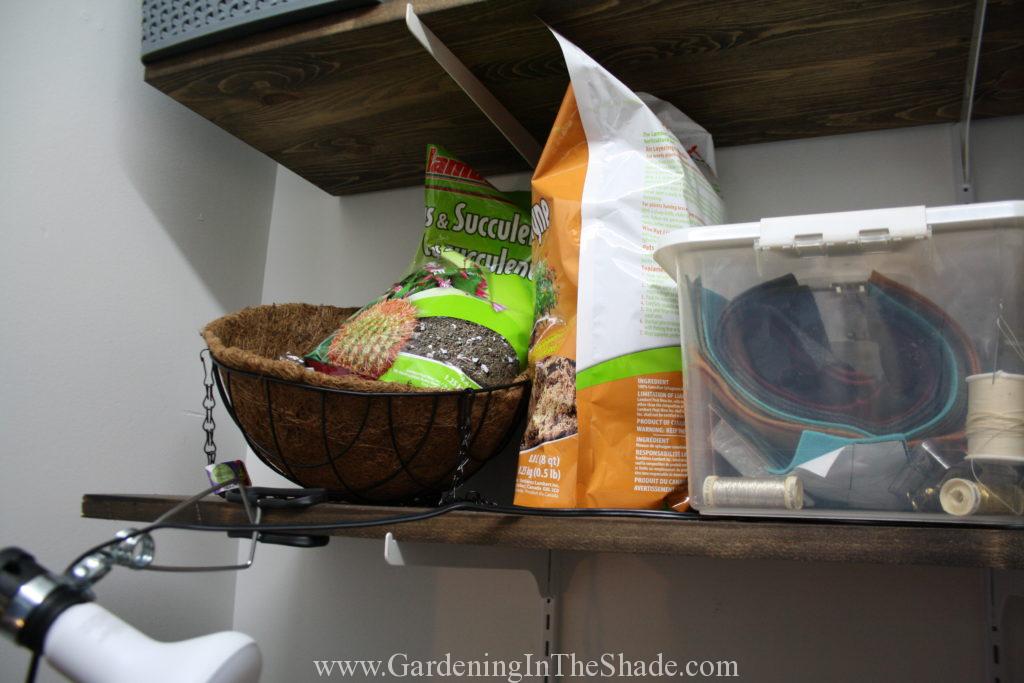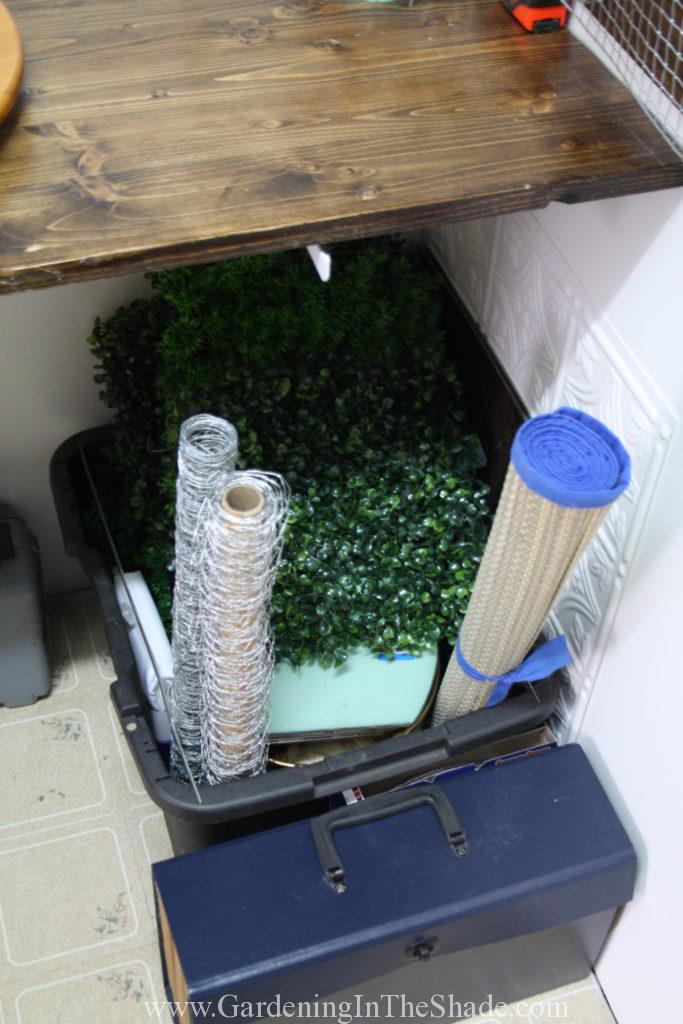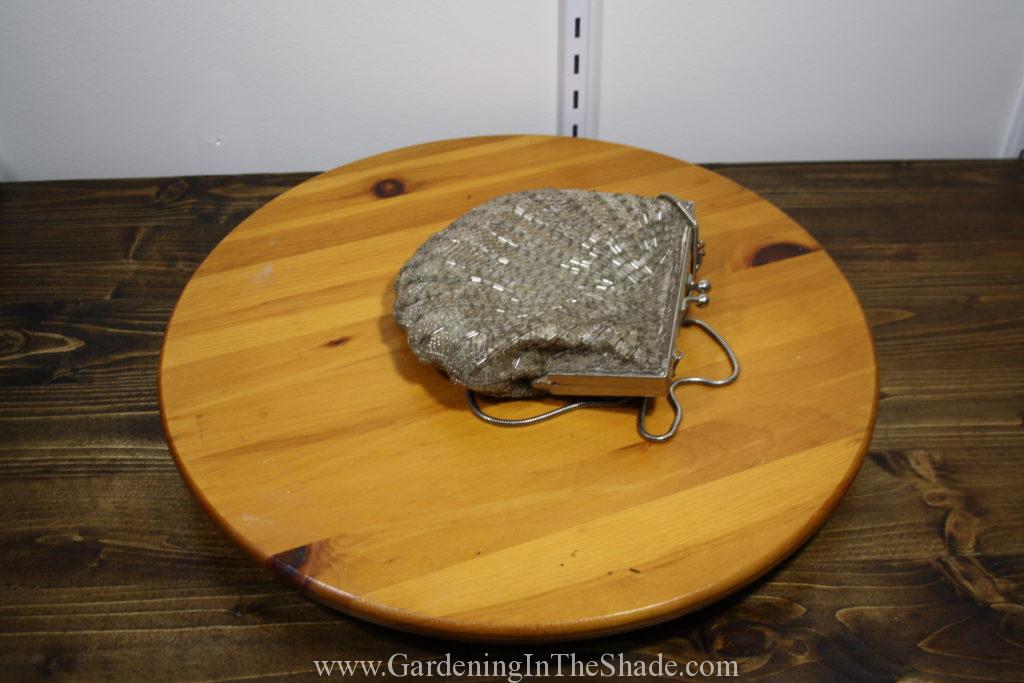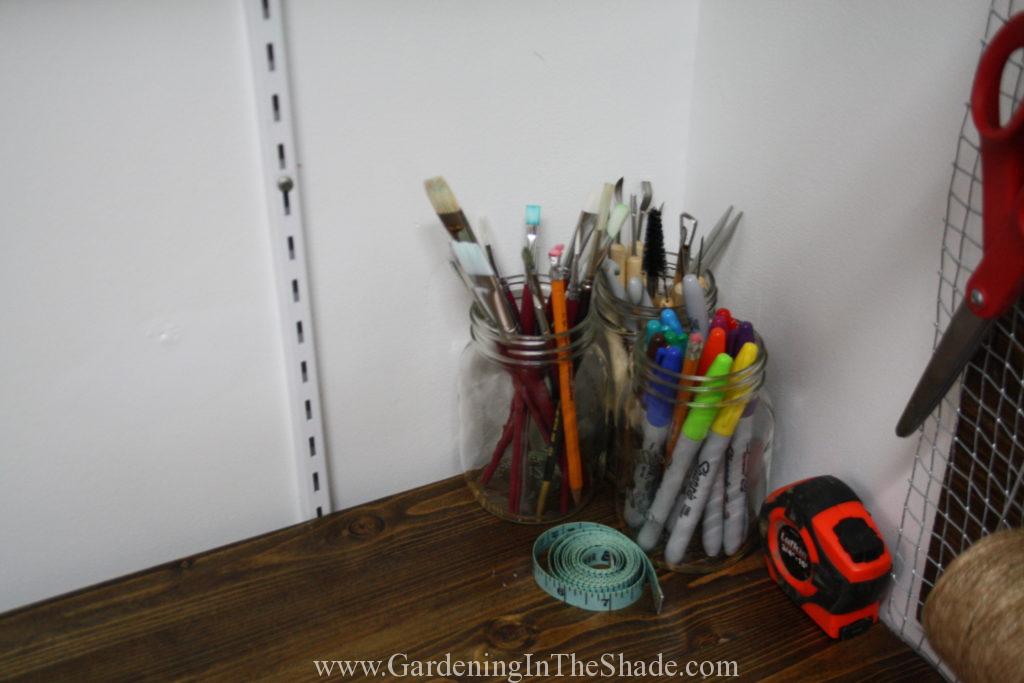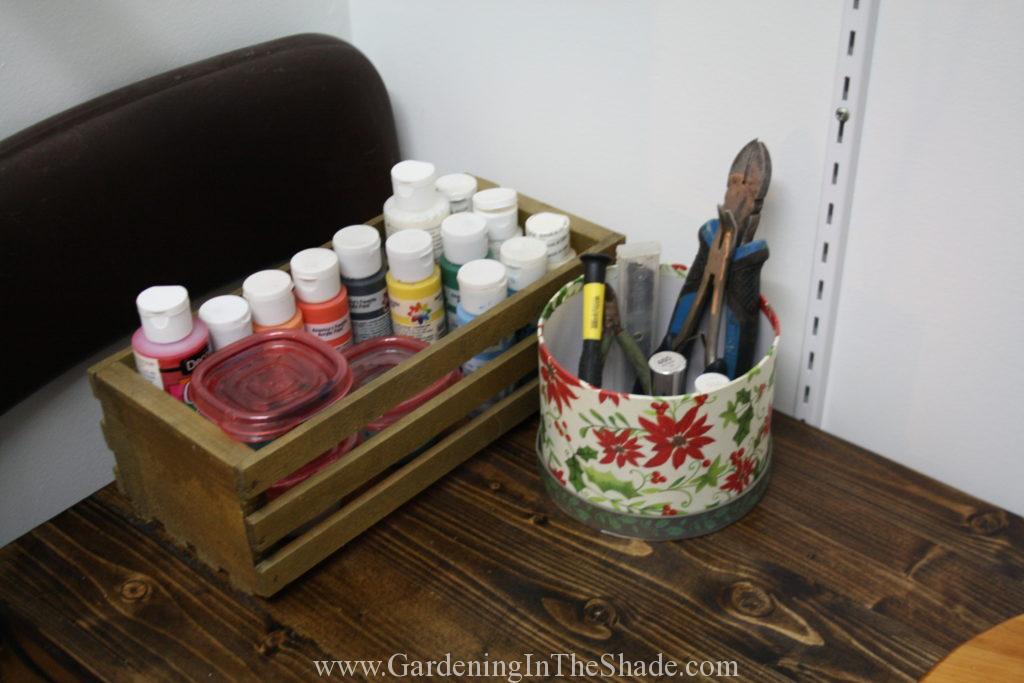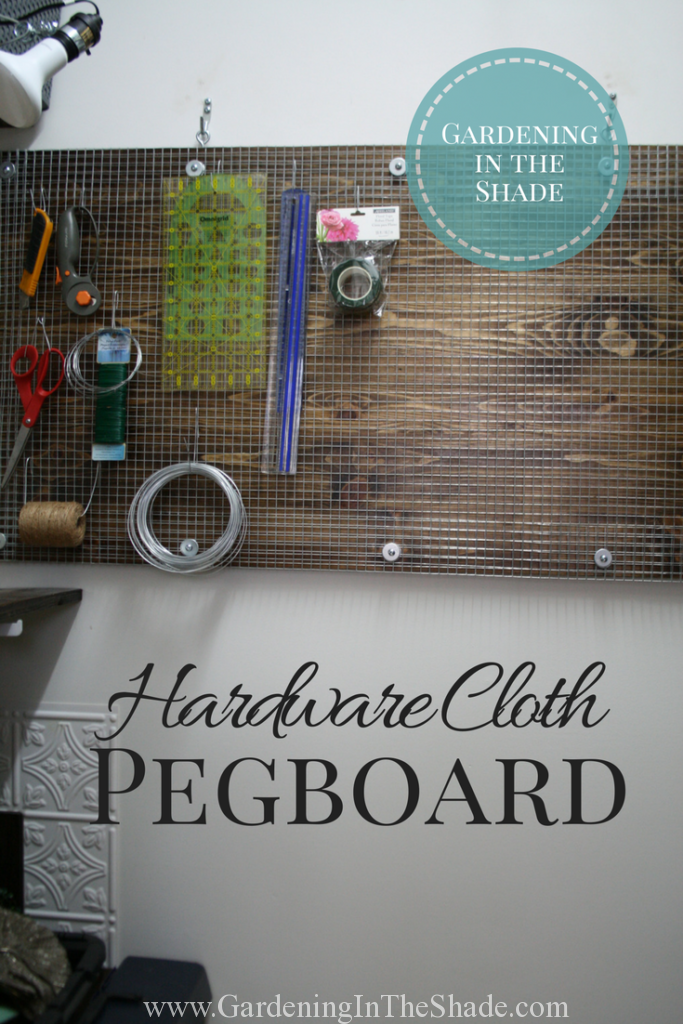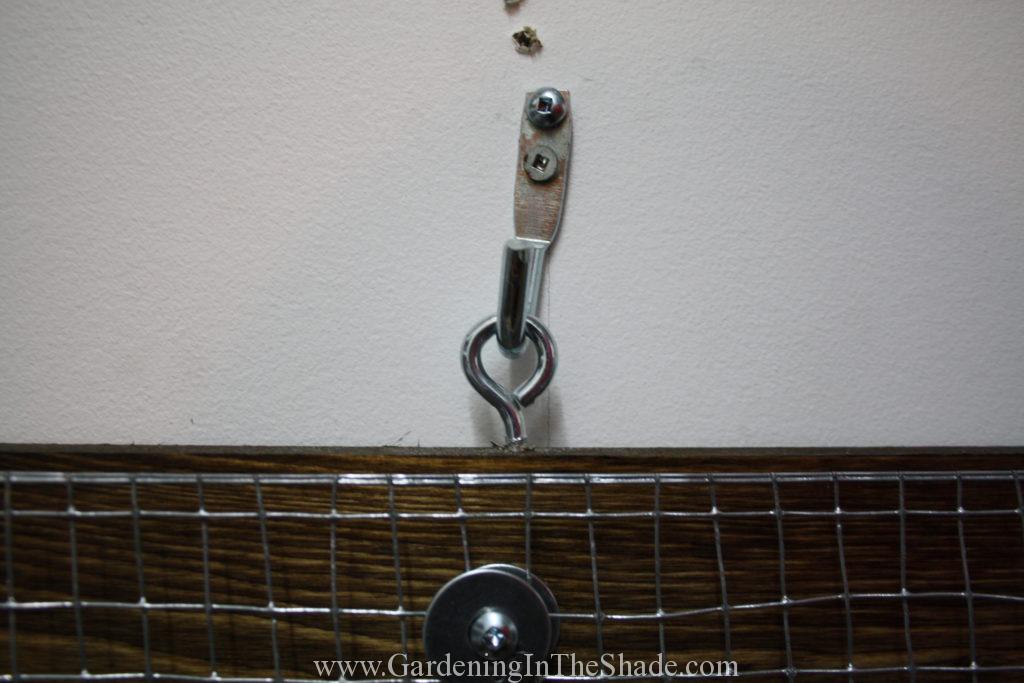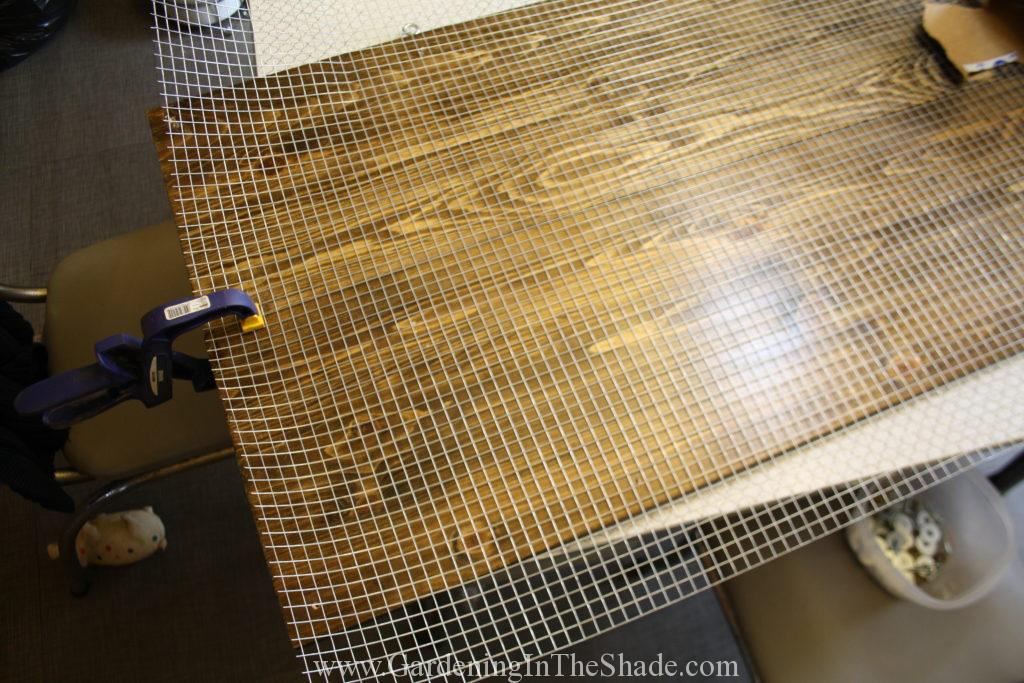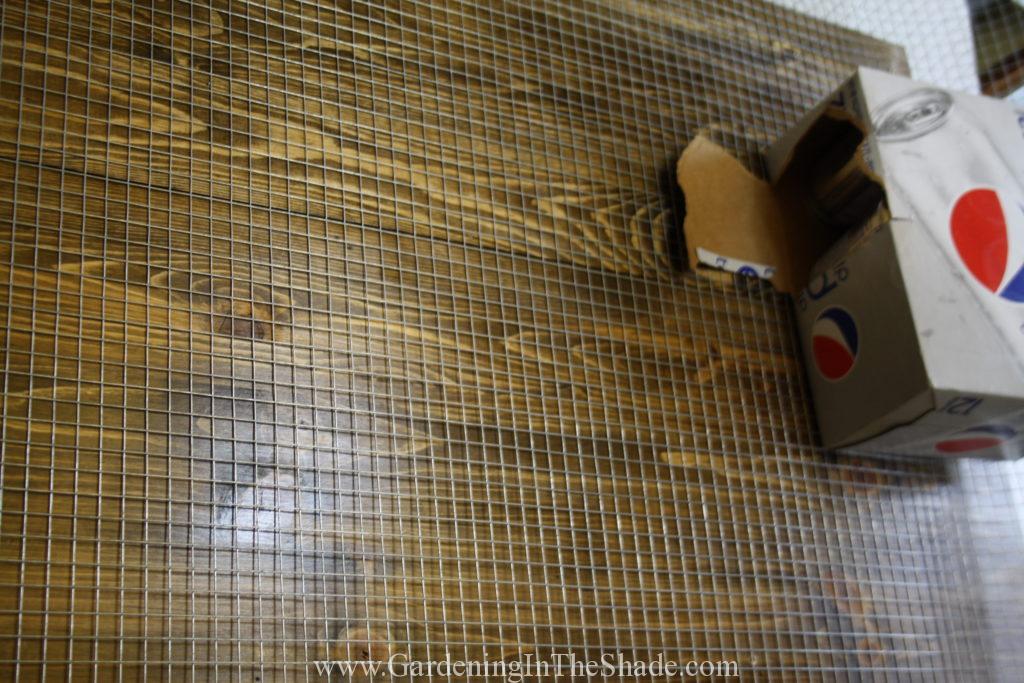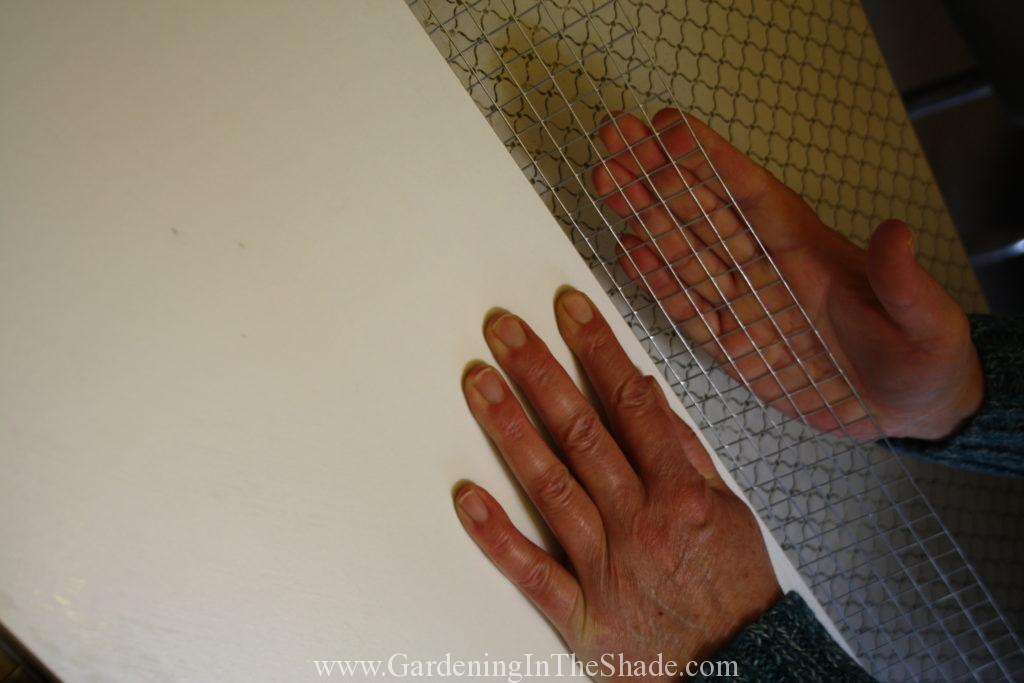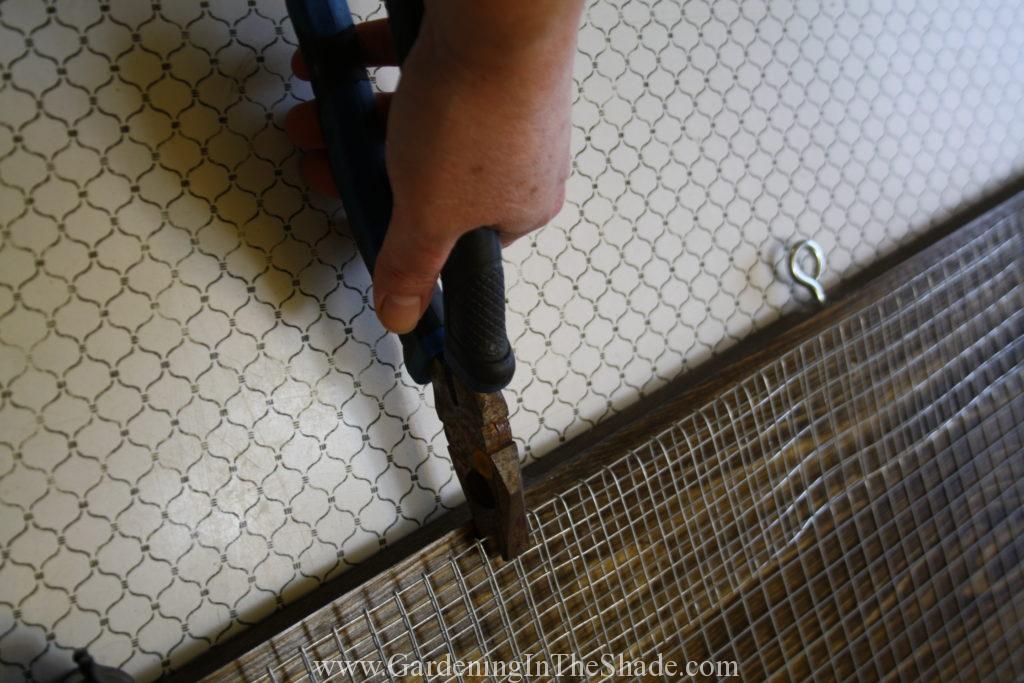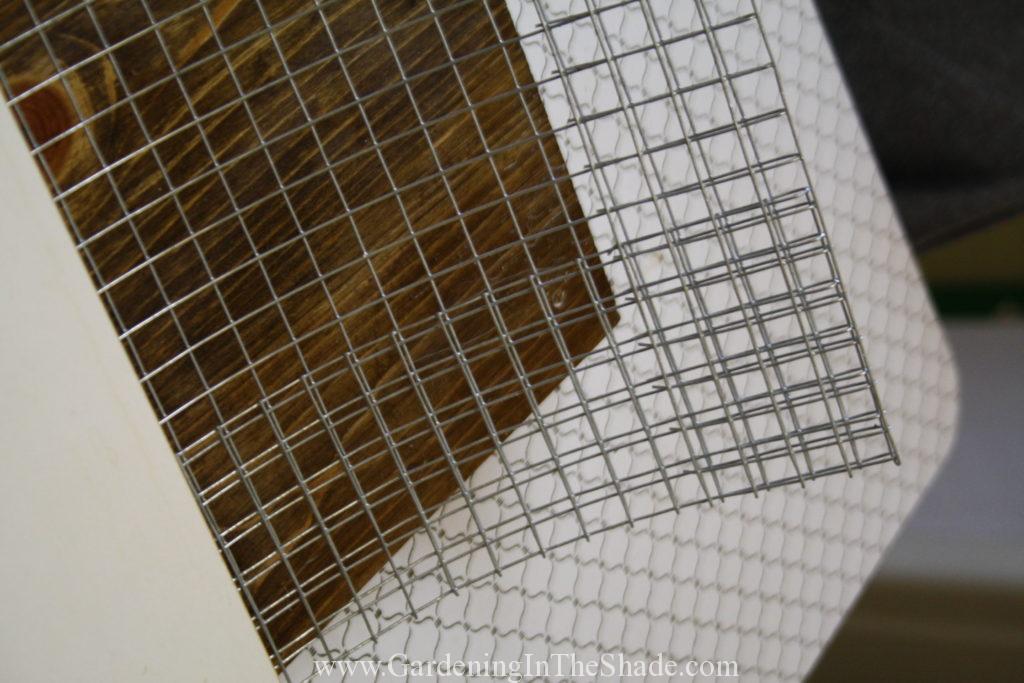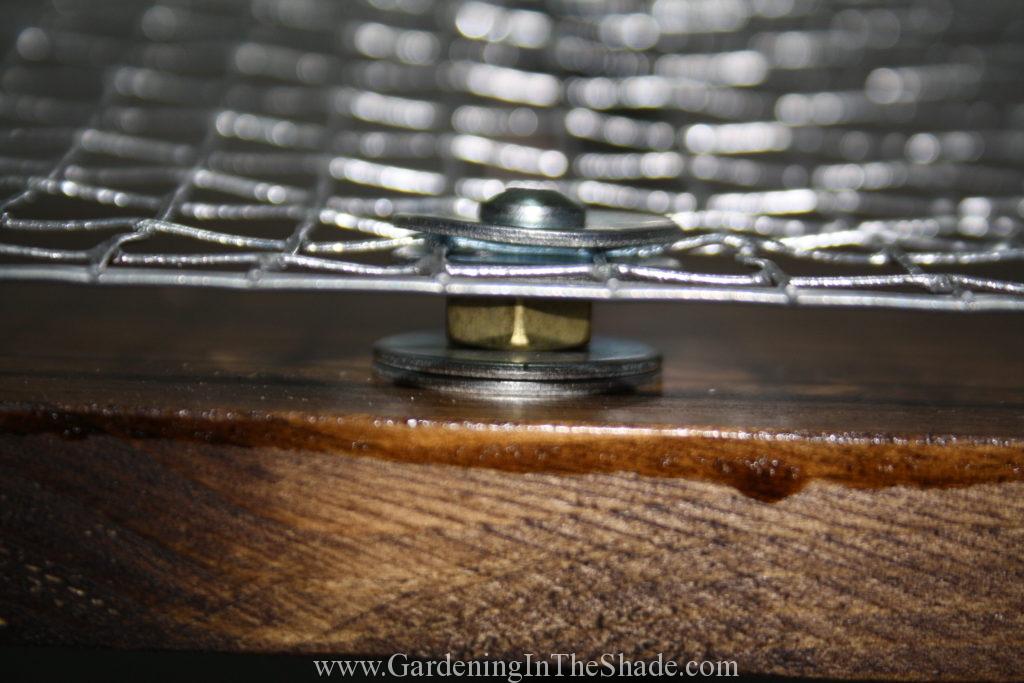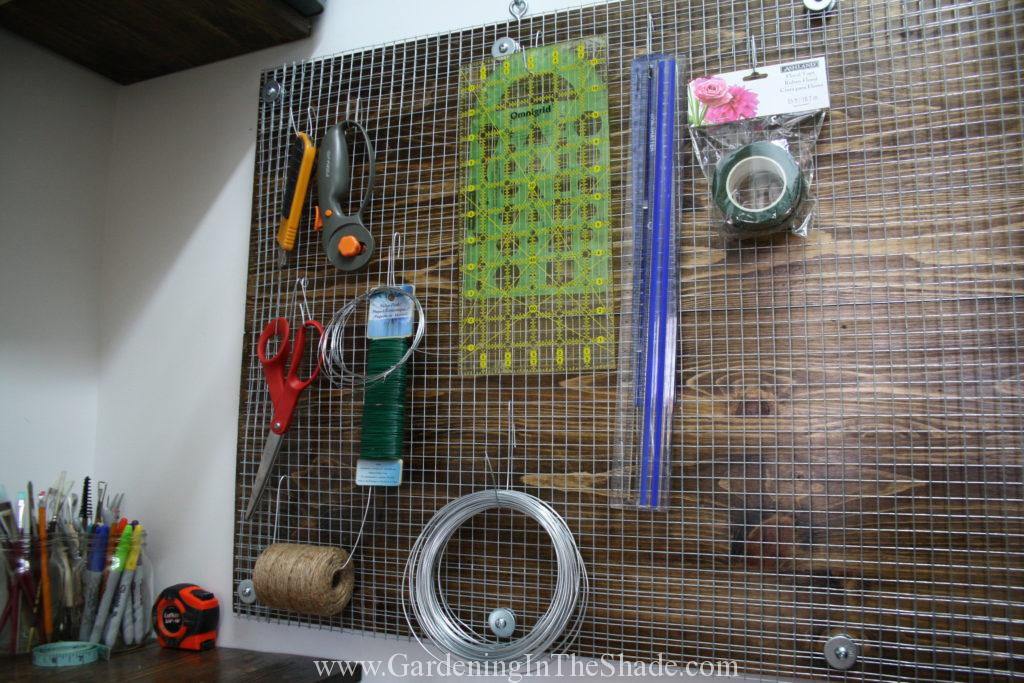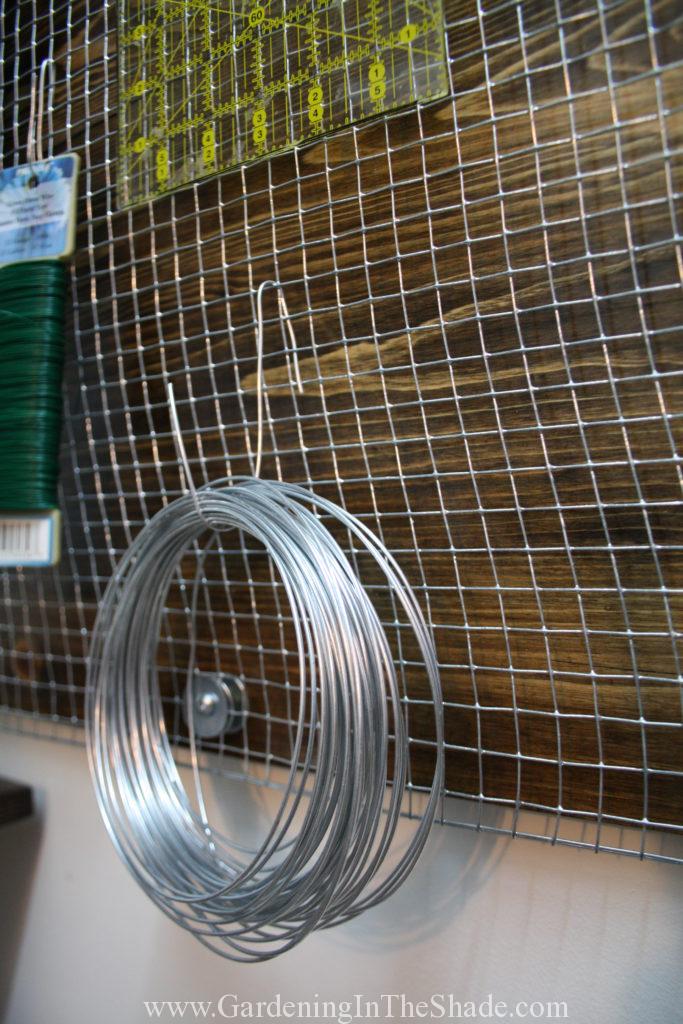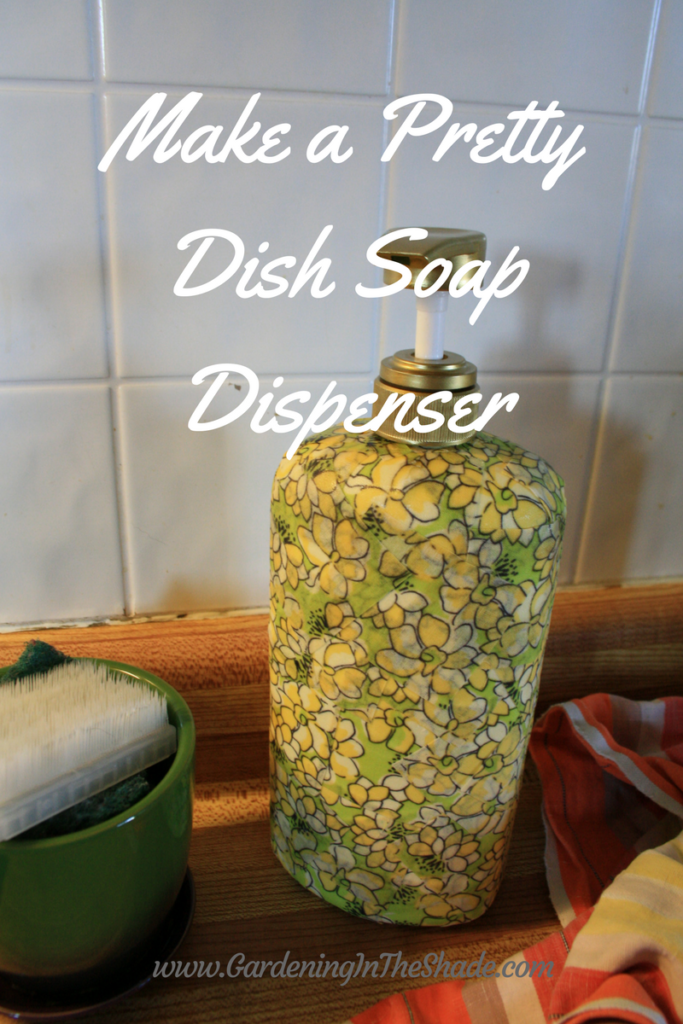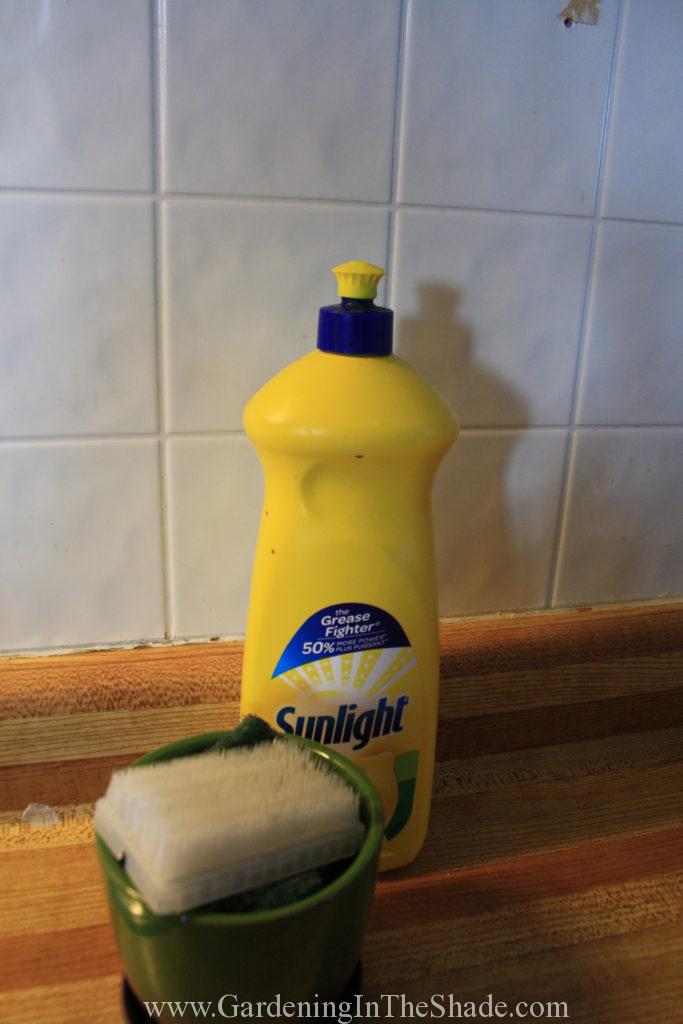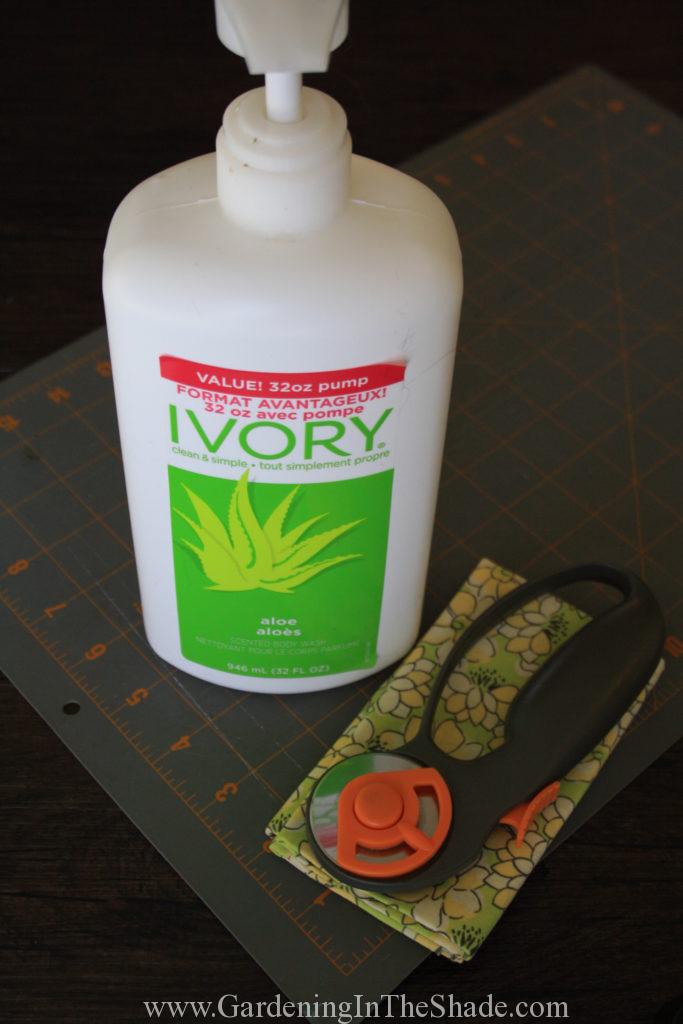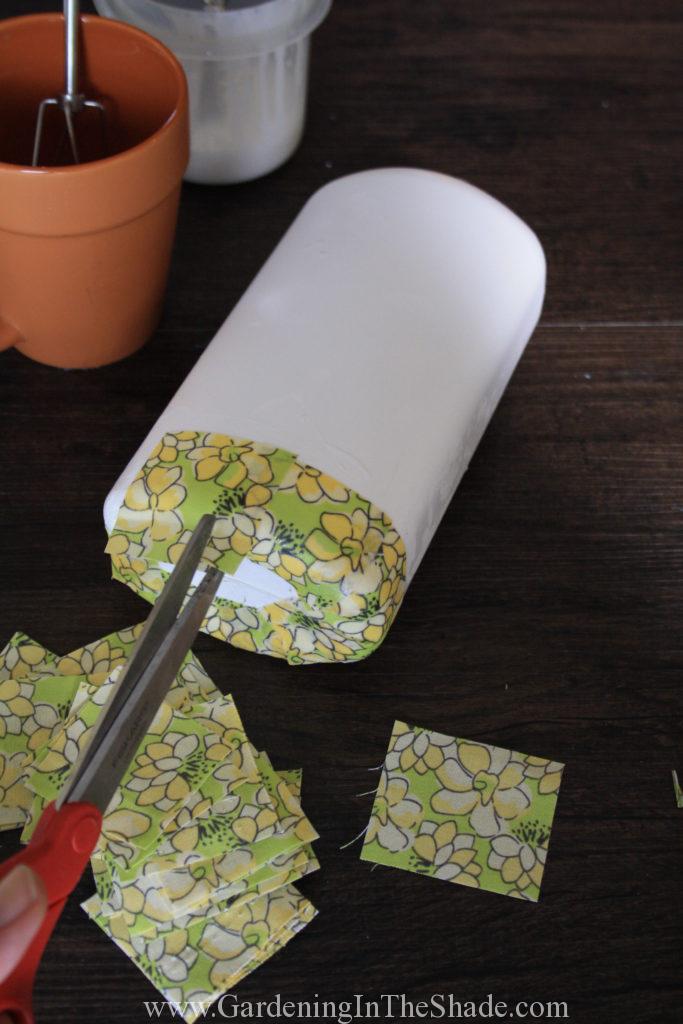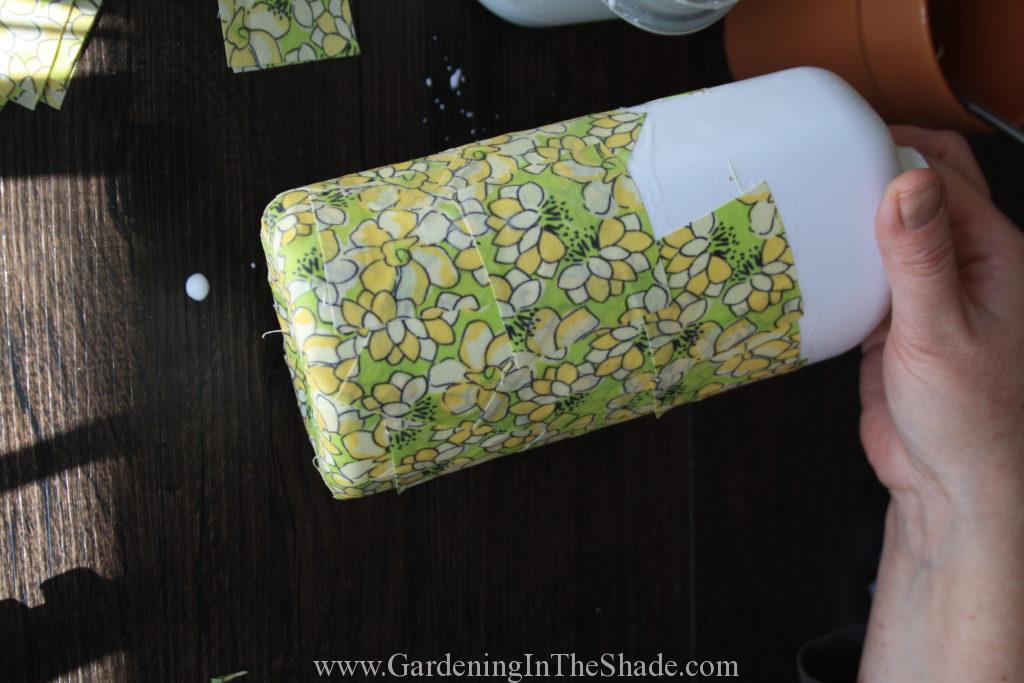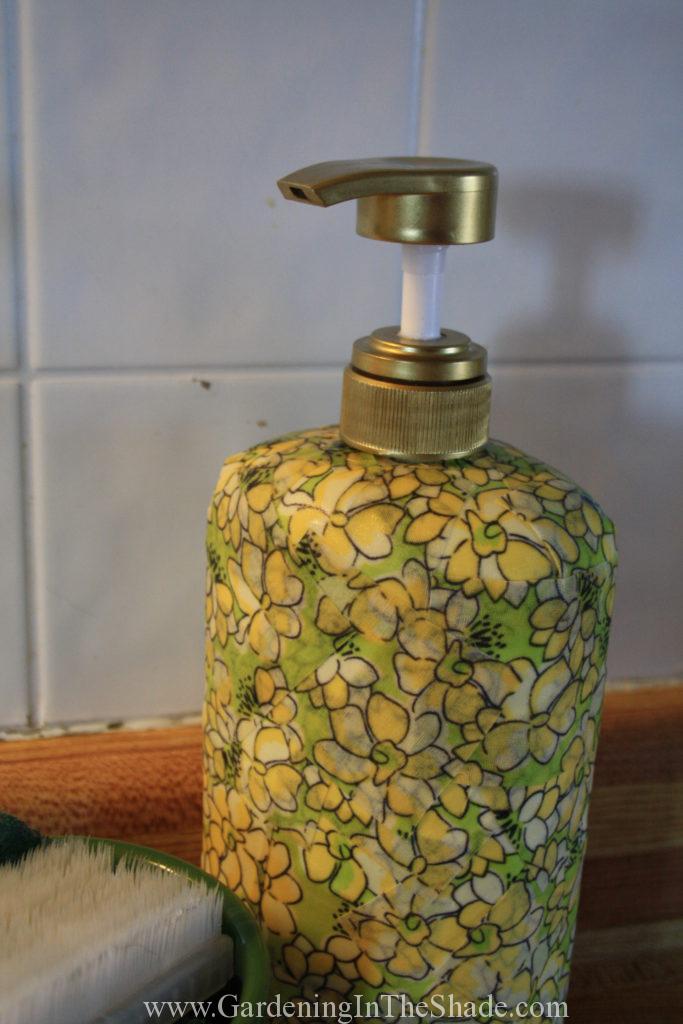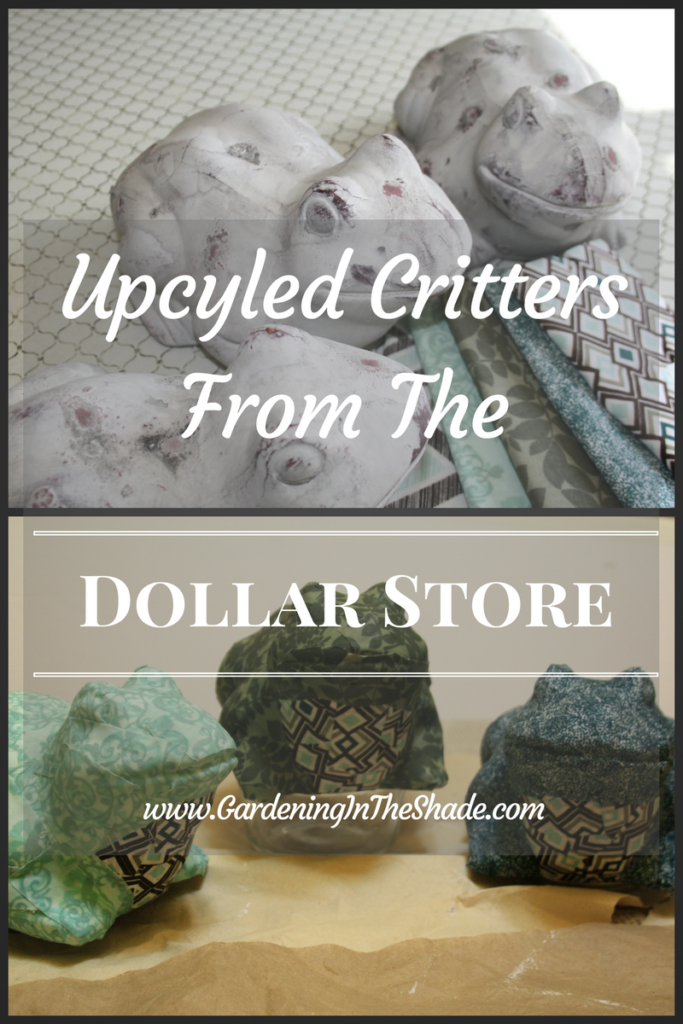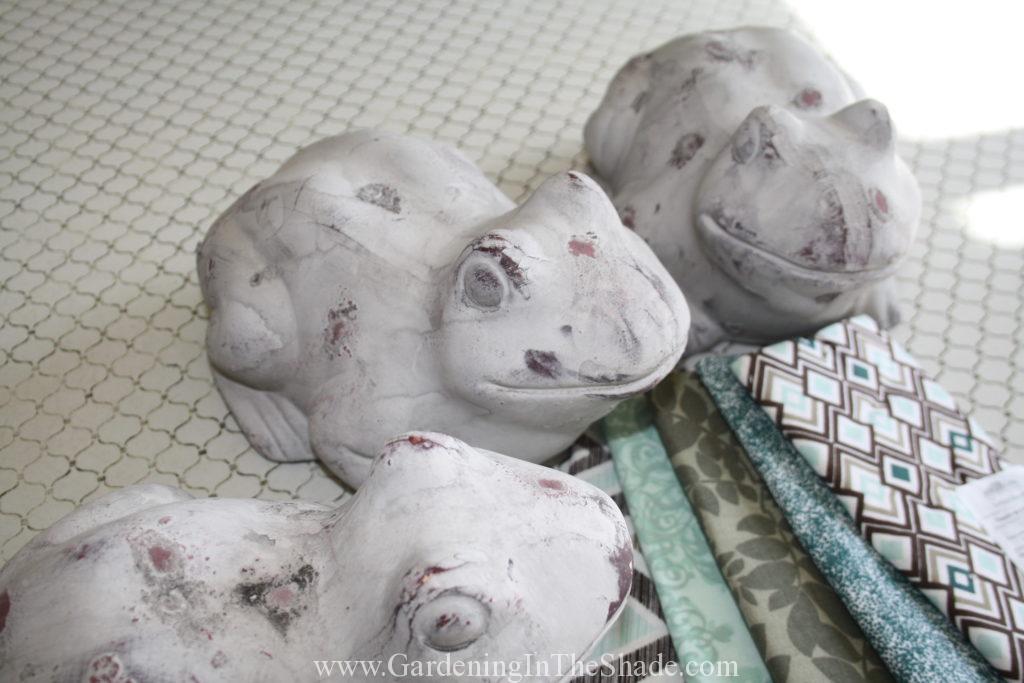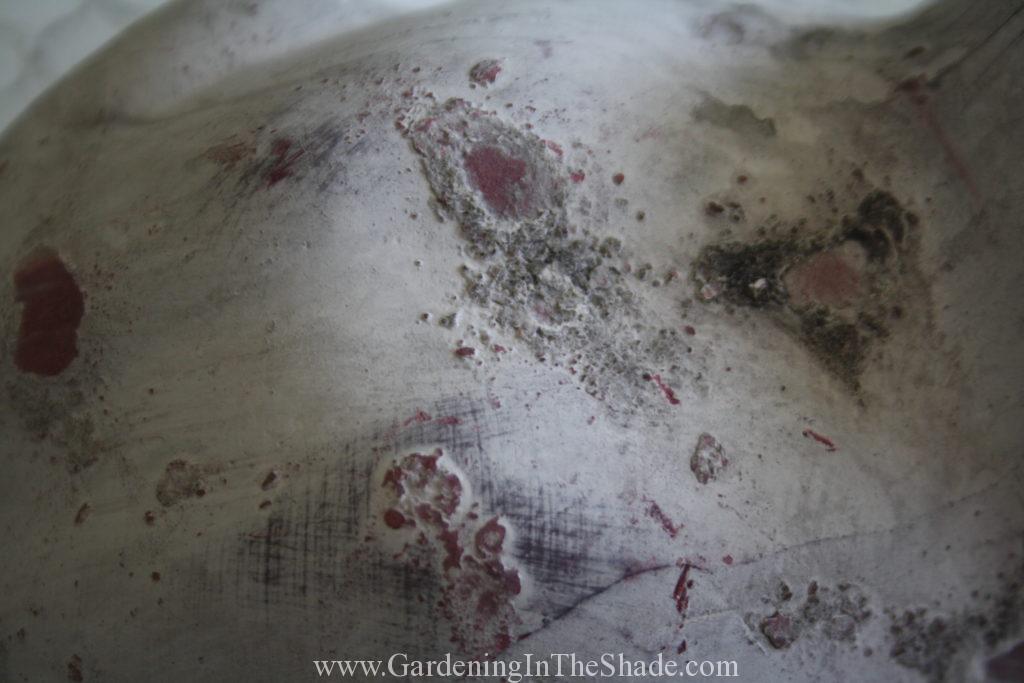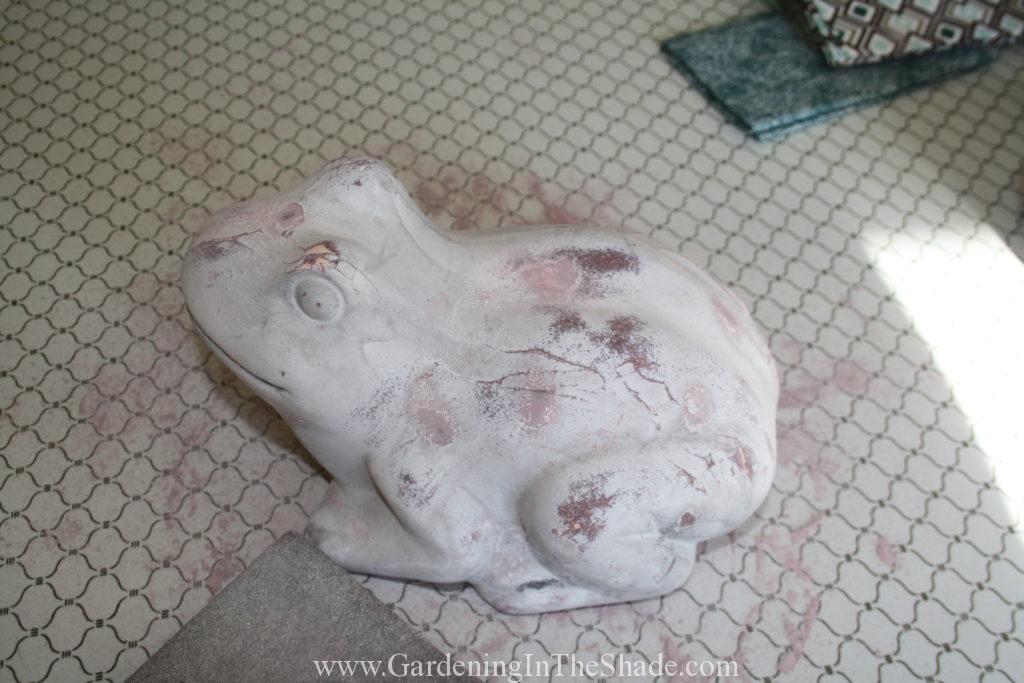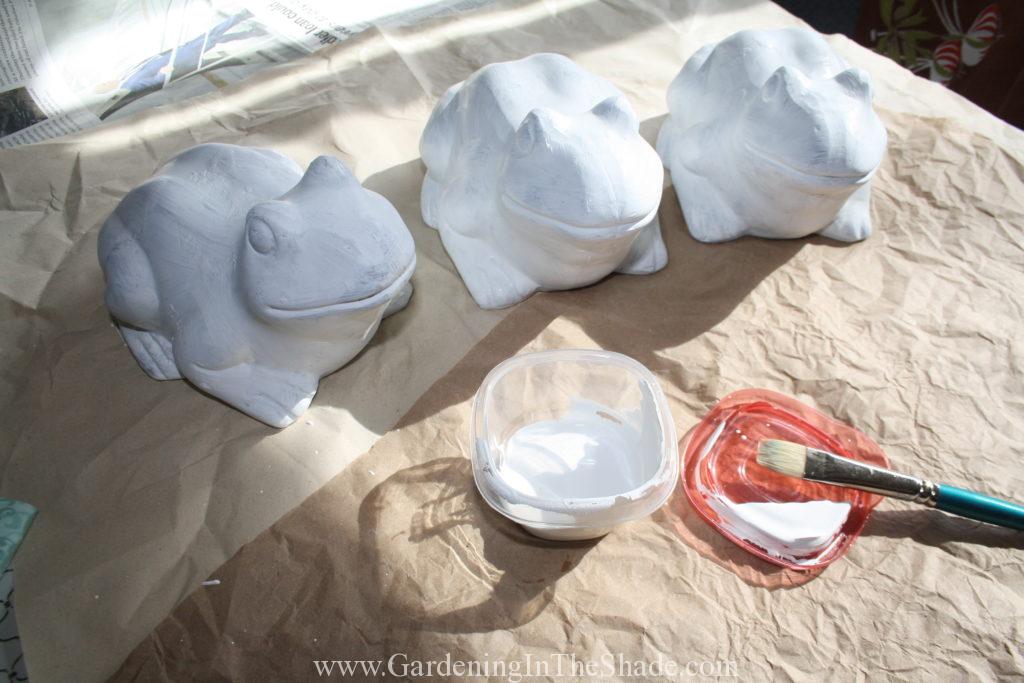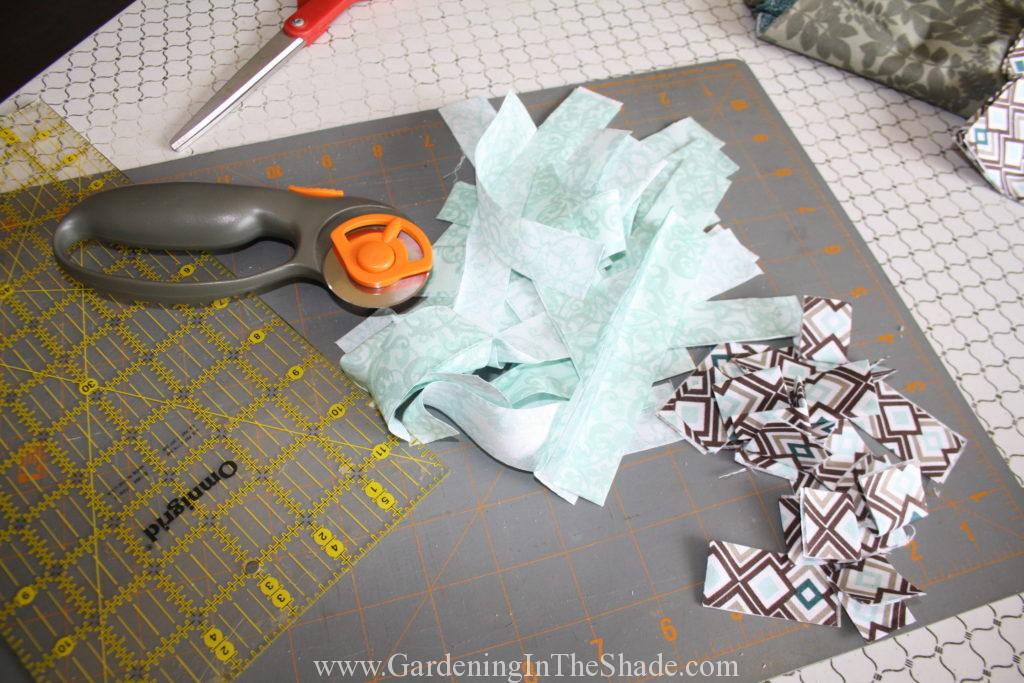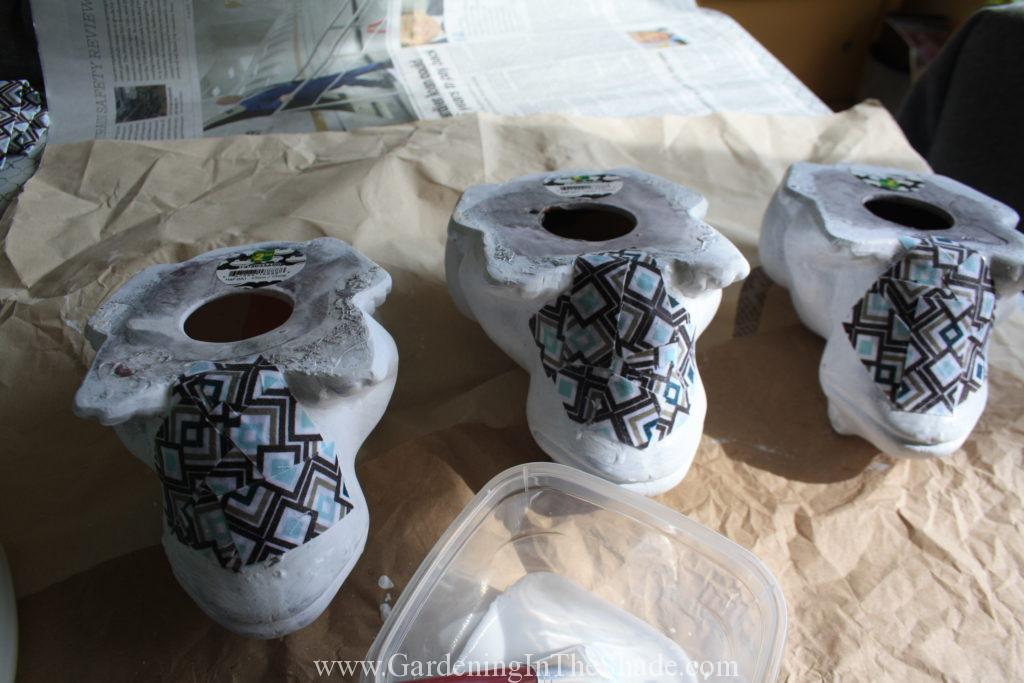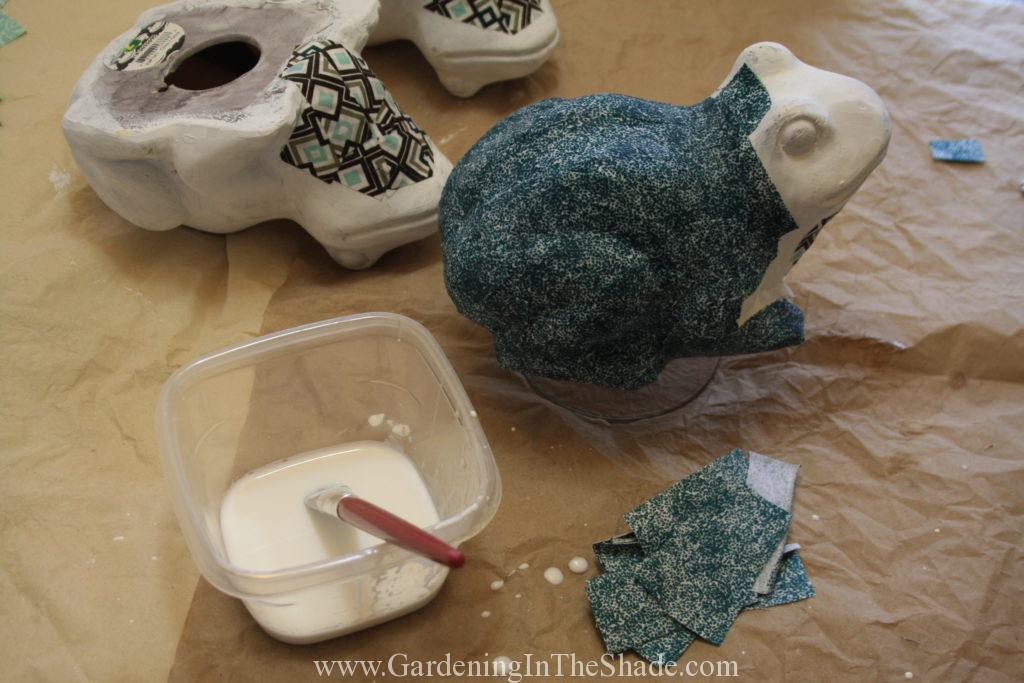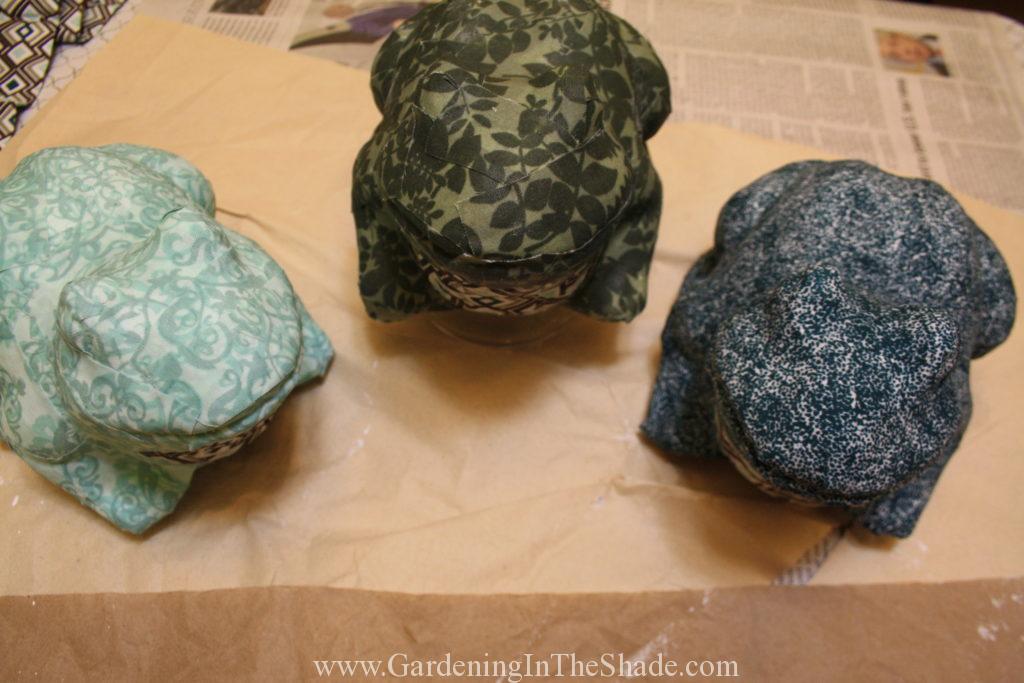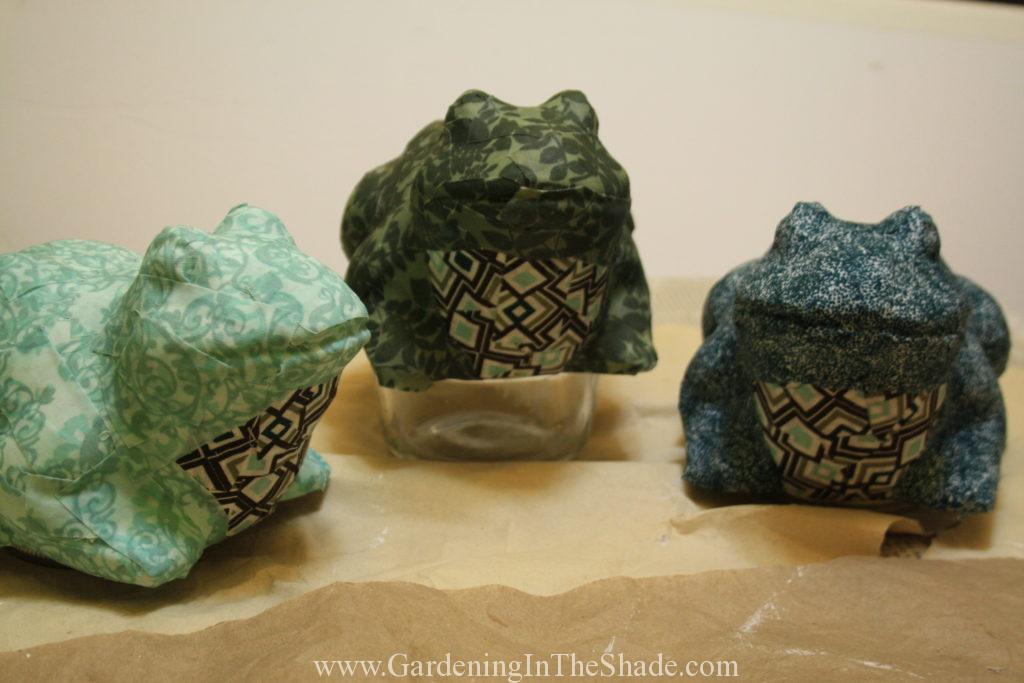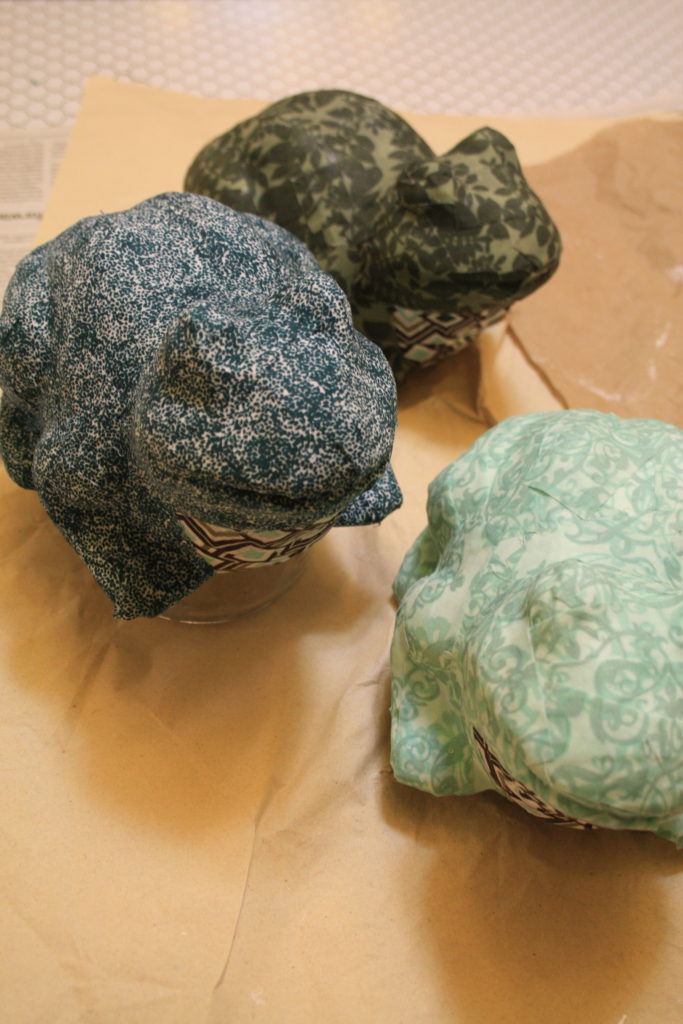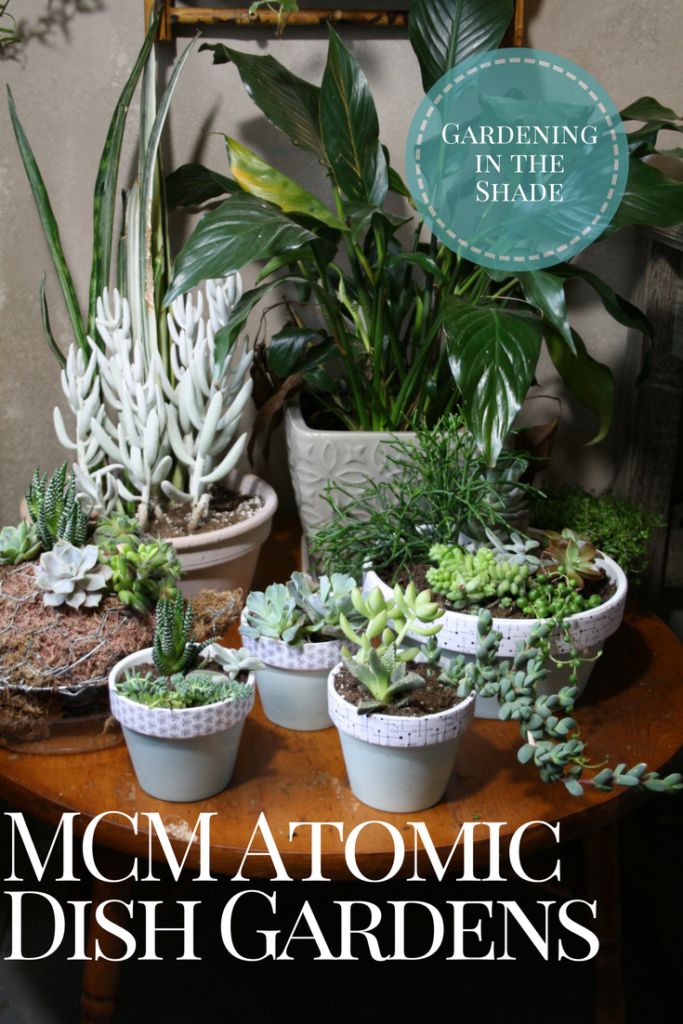
I’m just going to say it – I’m a complete geek for all things MCM, especially the Atomic style patterns of the day. Fortunately for me, so are Joe and Angie of Ambient Wares and Joe created two amazing patterns you can download for free >here<!
I have so many ideas for these patterns, but the first thing I did with them was make some darling planters for my growing collection of succulents.
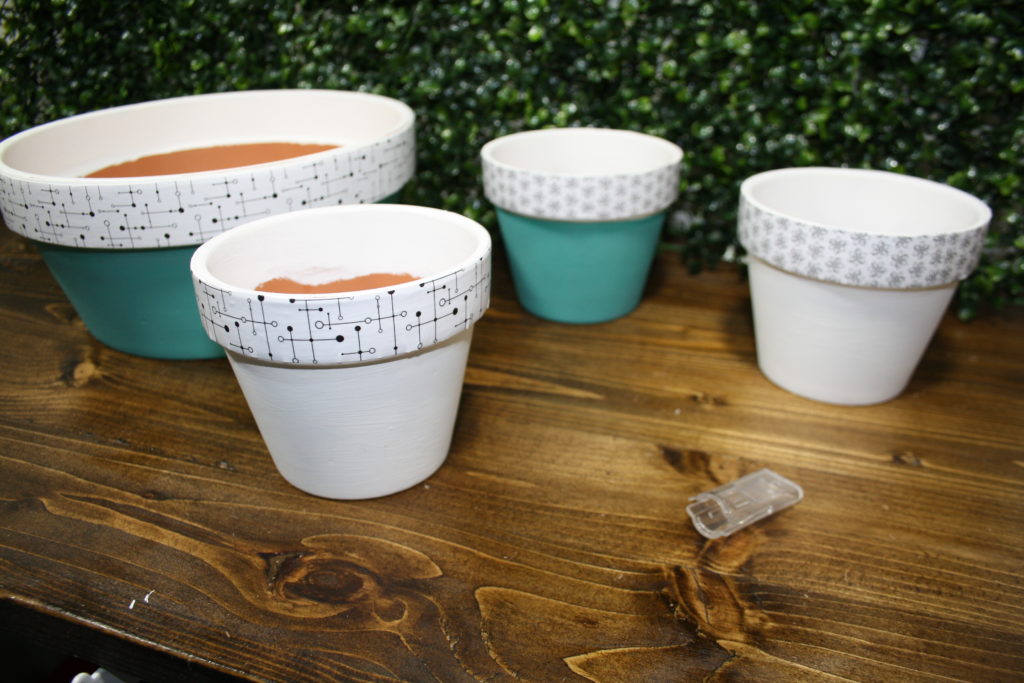
Initially, I painted two pots white and another two turquoise. I decoupaged Joe’s pattern to the rims of my pots. Unfortunately, when I sprayed them with sealer, the color of the clay bled through the white paint, making it appear dirty next to the bright white patterned rims. So I masked off the decorative rim and hit them all with the spray paint – Rustoleum Chalked in Serenity Blue – which turned out to be a perfect MCM color.
Planting a Dish Garden with Succulents
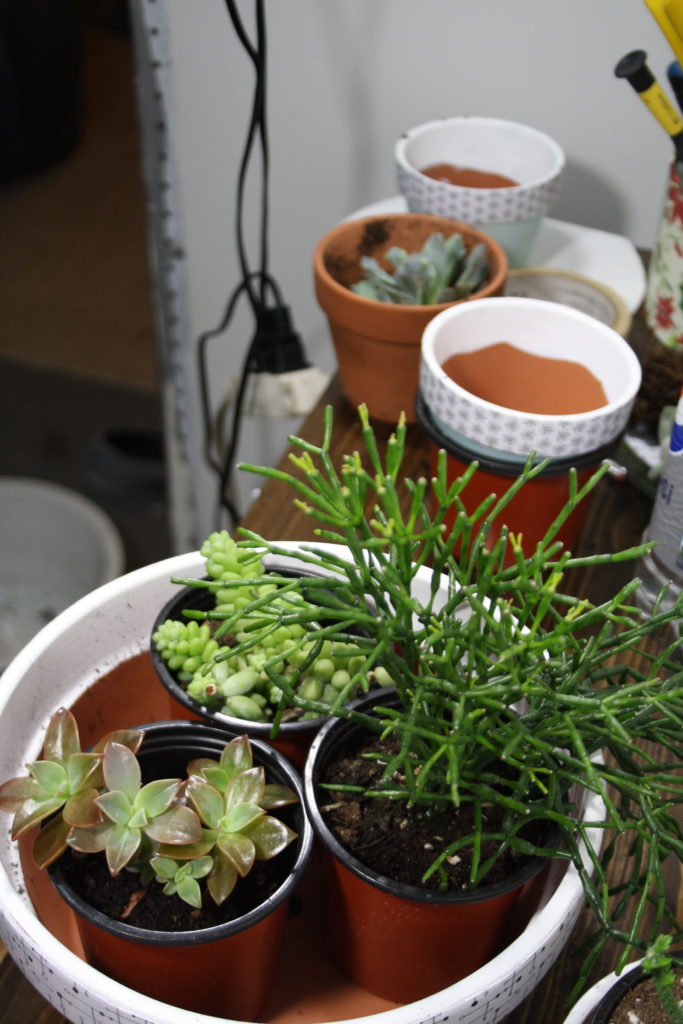
Once everything was dry and sealed time for the fun! The thriller, filler, spiller rule applies to dish gardens as well as outdoor planters. I created a pleasing arrangement, then I used my favorite planting trick.
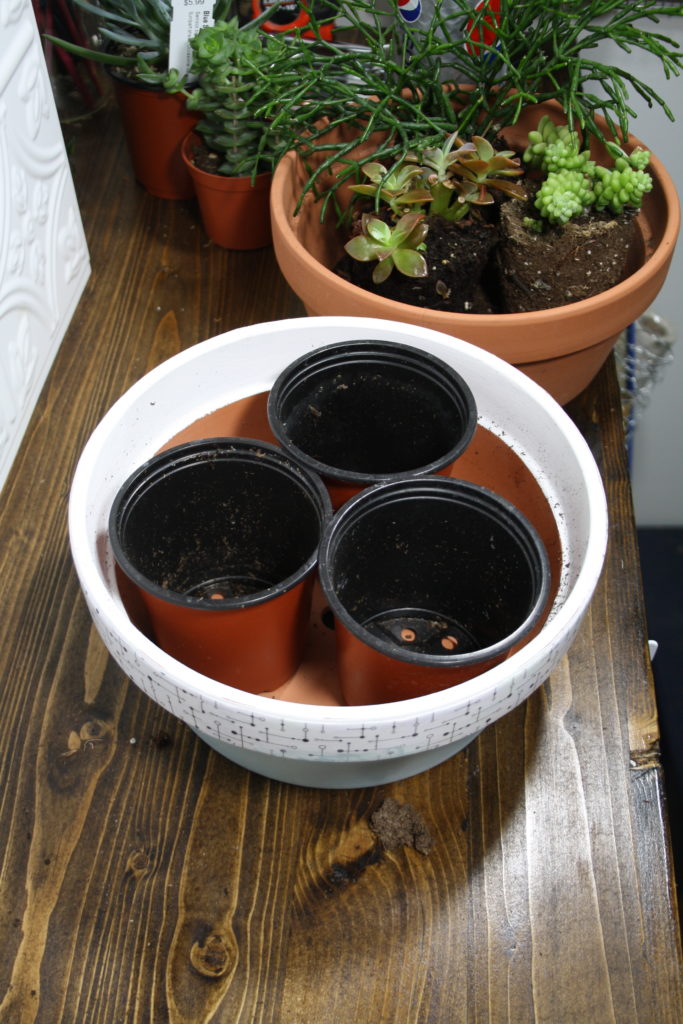
Gently remove the plants from their pots and then place the empty pots as space holders.
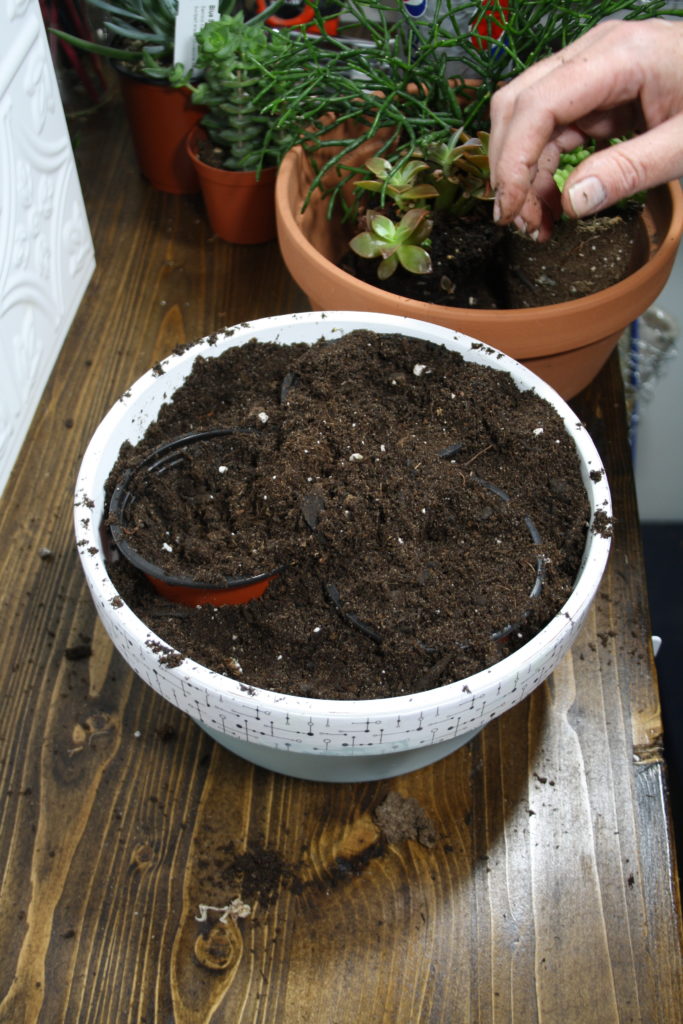
Add soil and tamp in place around the empty pots.
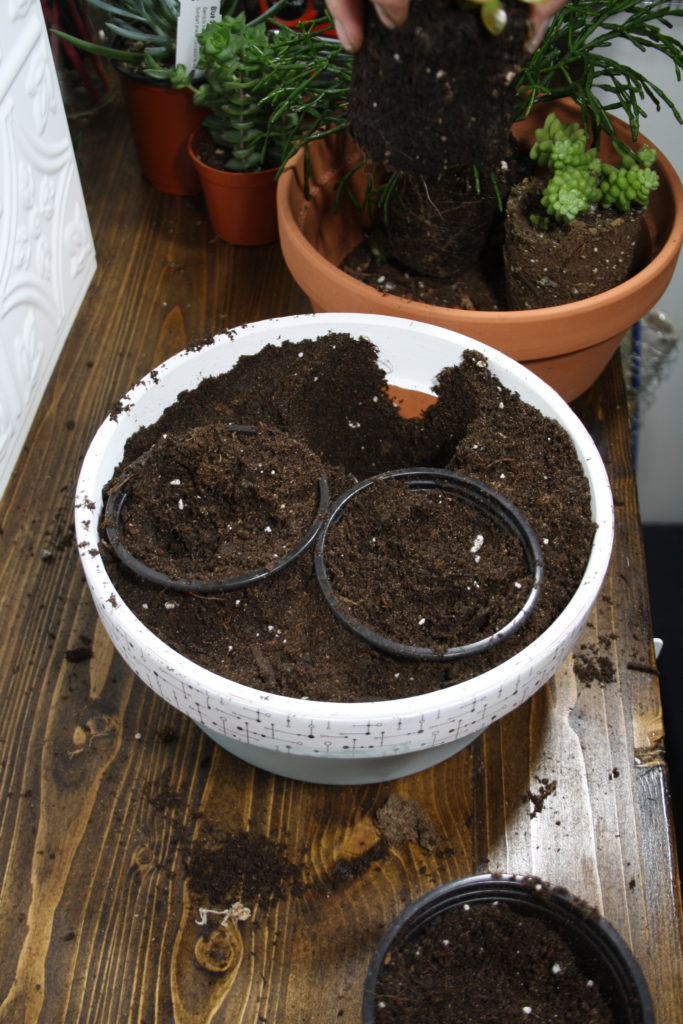
Take out one of the pots and there’s your planting space.
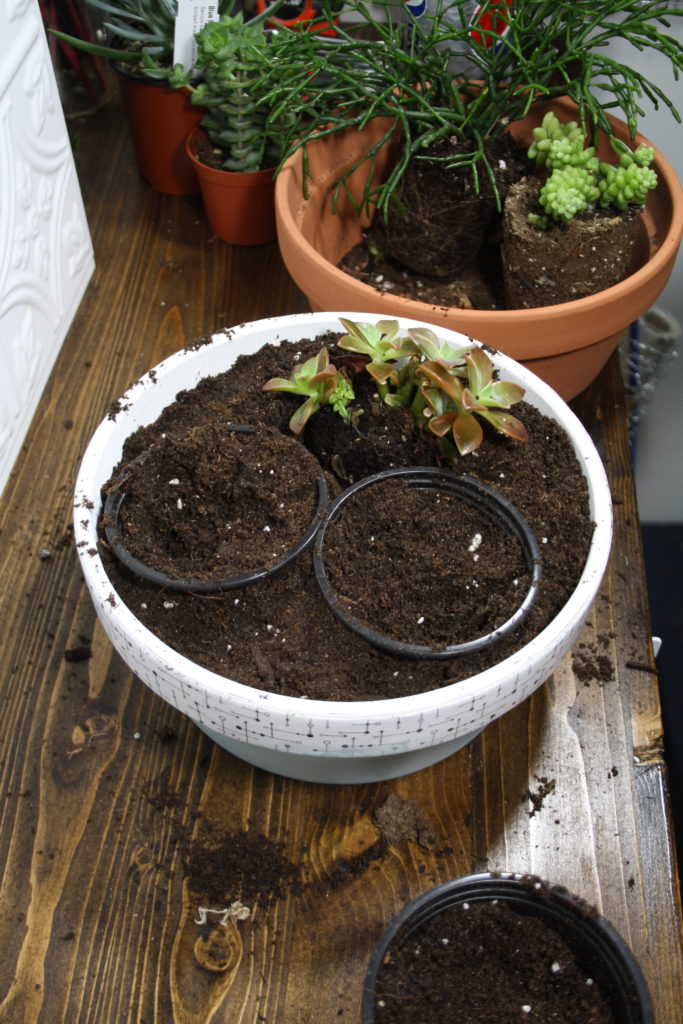
Pop a plant in and move to the next ‘space’.
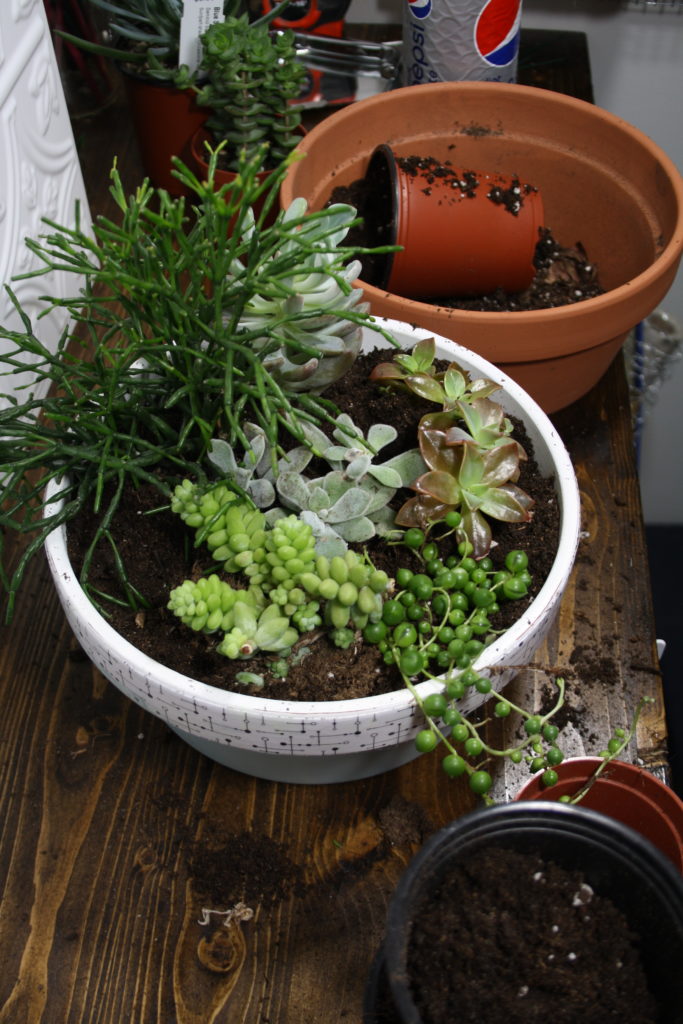
Here you can see the finished arrangement with a few more plants added in.
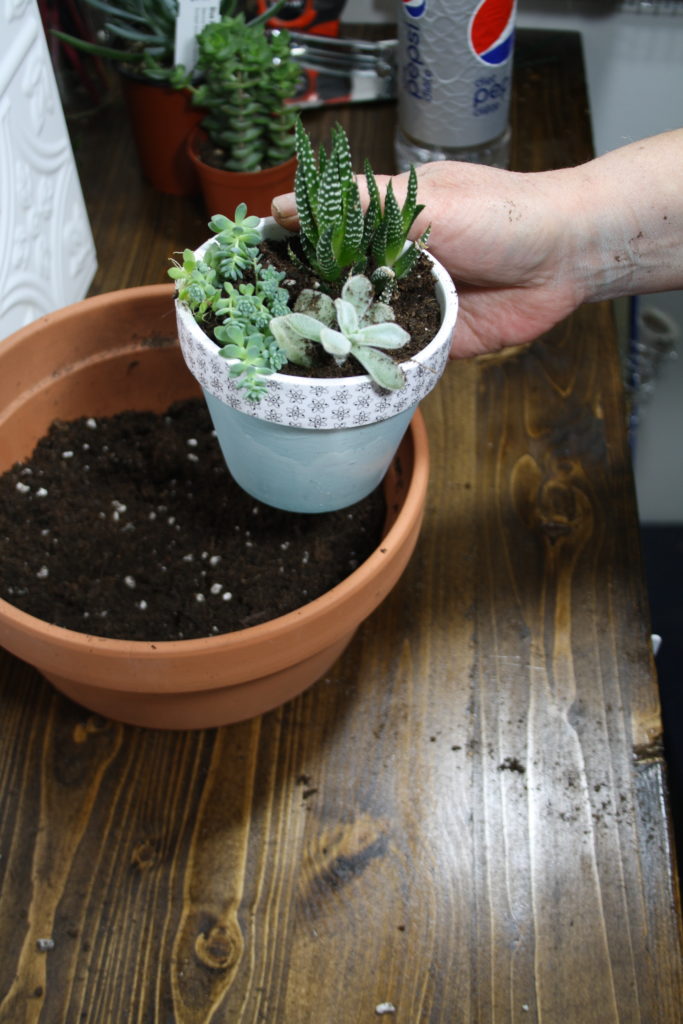
One of the smaller pots, still using the formula of thriller, filler, spiller. I love the way this little pot came together with the delicate blue trailer, the fuzzy leaves of the filler and the spiky dark green height behind.
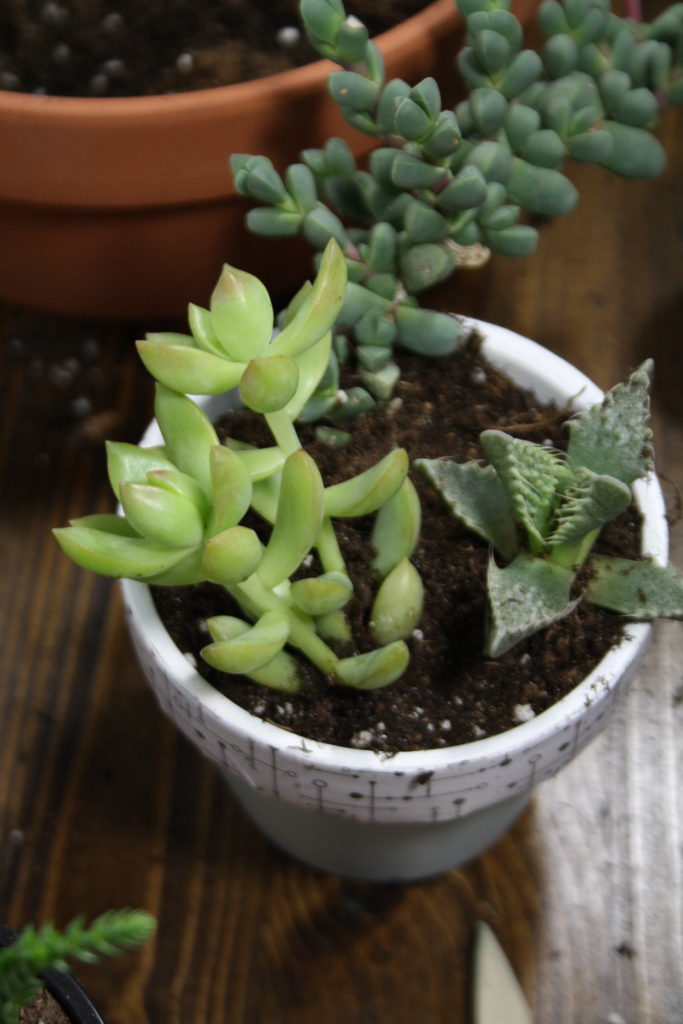
Here is another small pot. Check out Jaws in there!
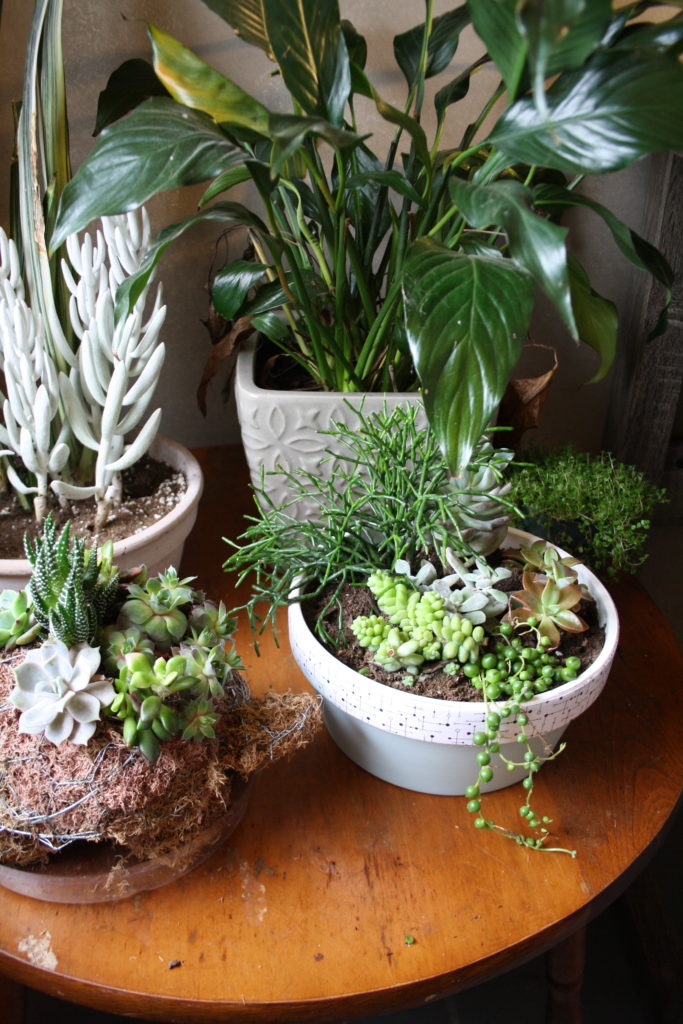
This little table used to be my play table as a kid. Now it sits beside my desk under a window.
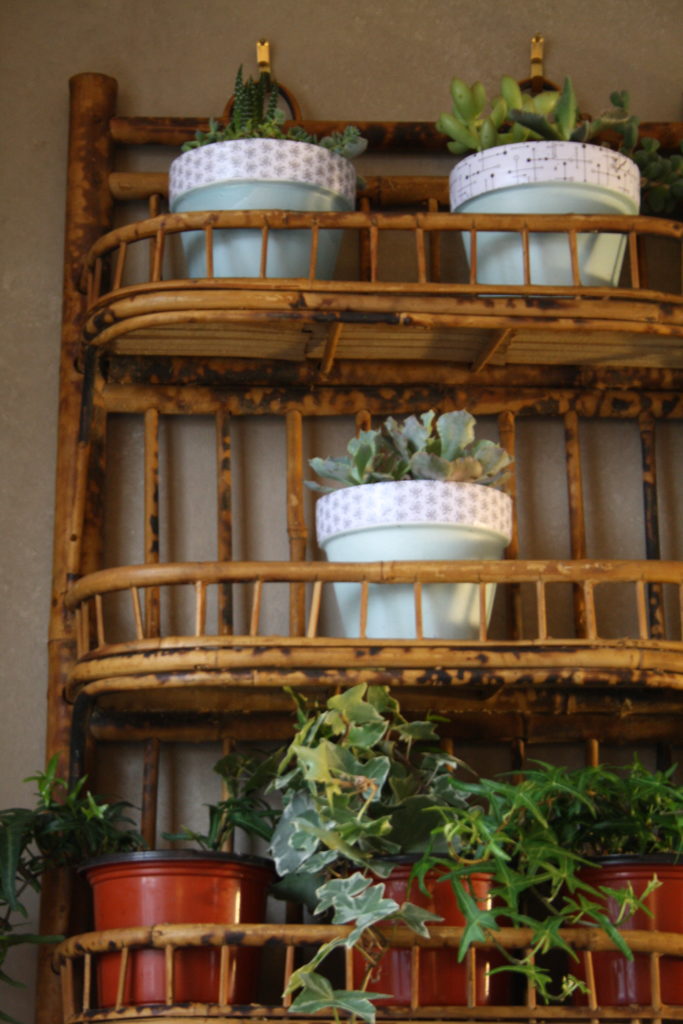
This little wicker thrift store shelf hangs above.
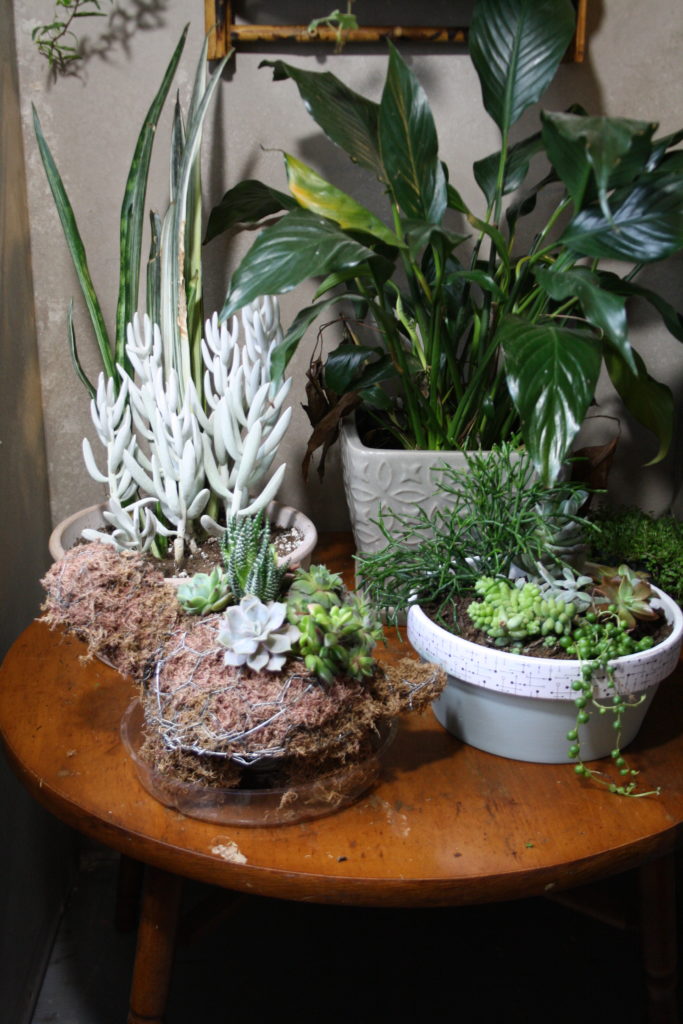
It’s also home to my mini turtle topiary.
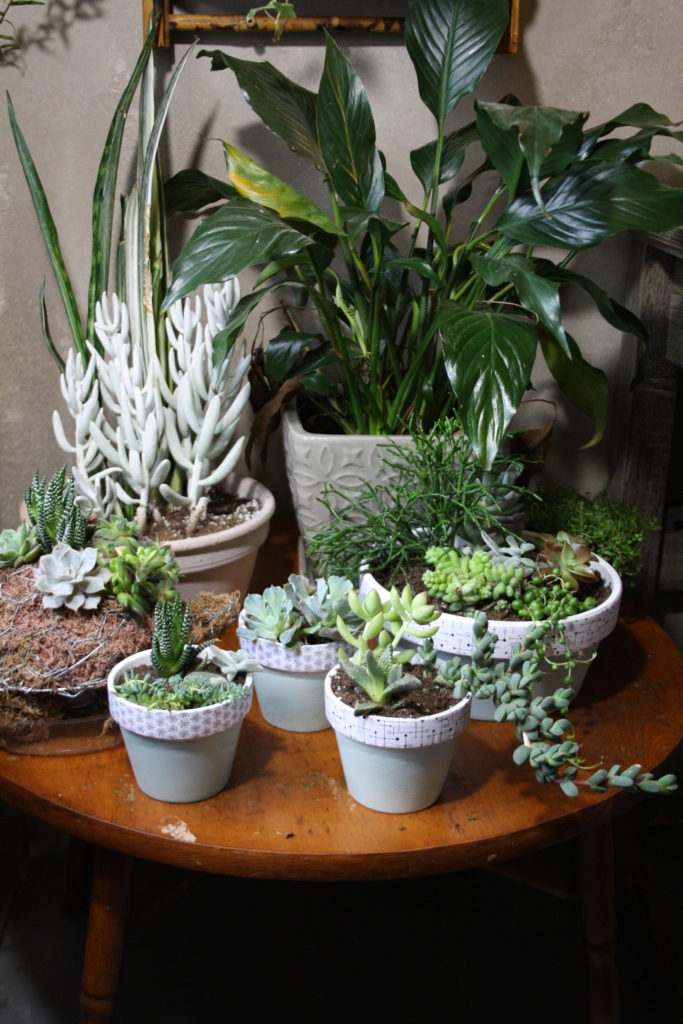
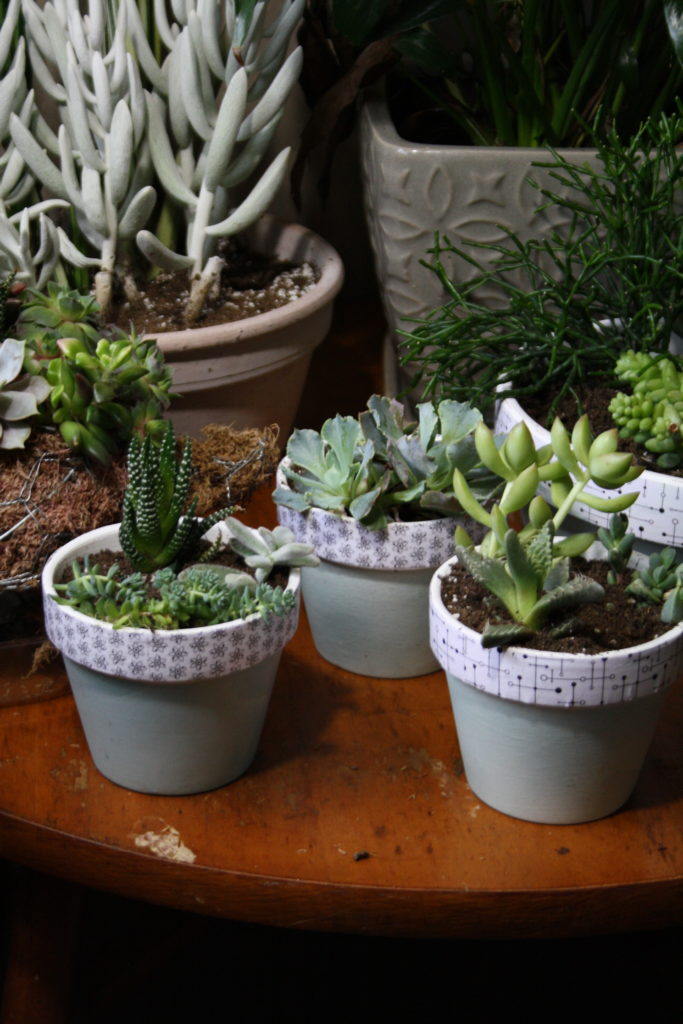
These little pots with their ‘Atomic’ patterned rims make me happy.
If you enjoyed this post, don’t forget to share it with your friends! For more just like it follow me on Pinterest, Facebook and Twitter or sign up for regular updates by email.
If you have ever thought about starting a garden or craft blog of your own see how easy it is >>here<<.

